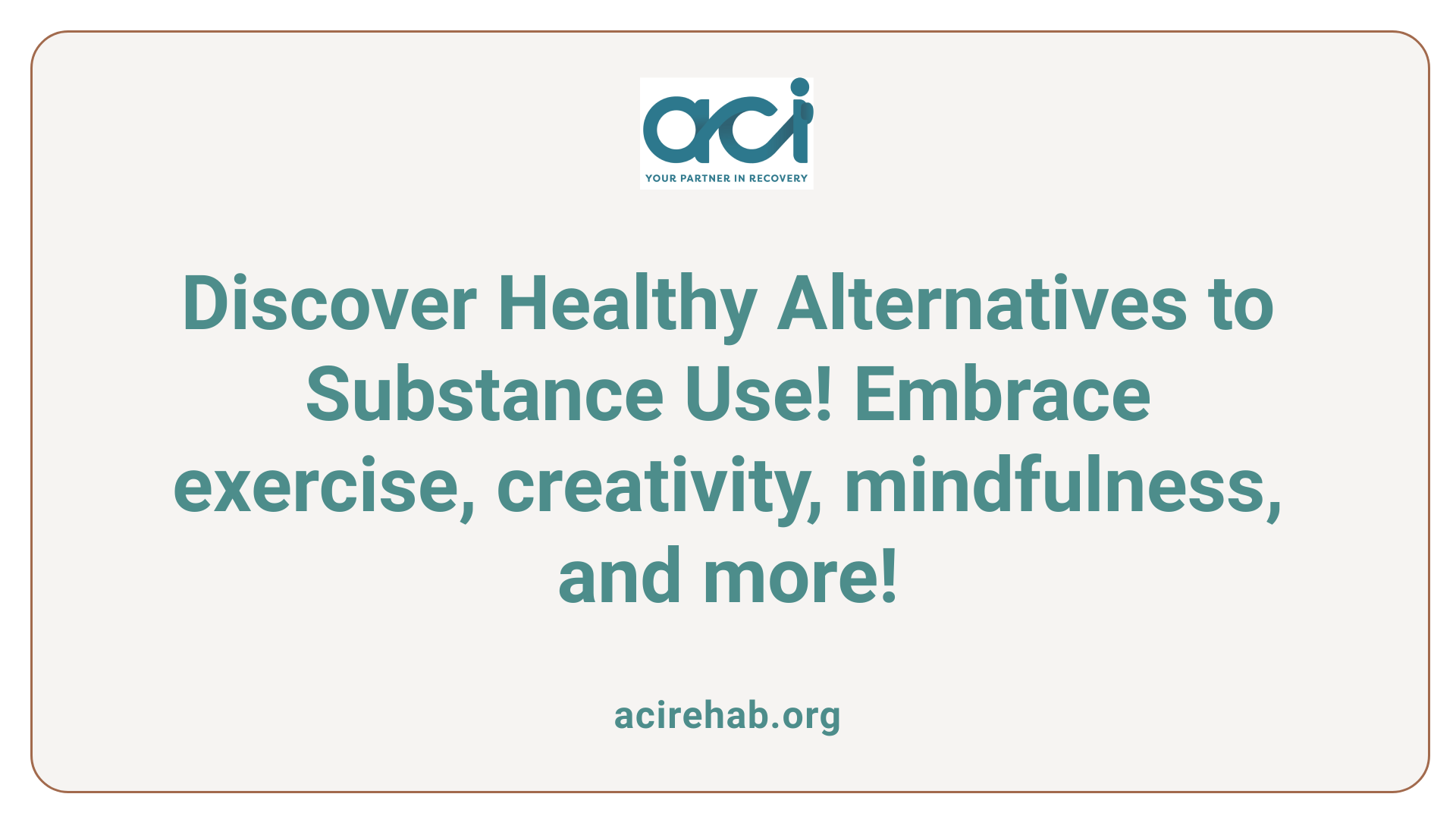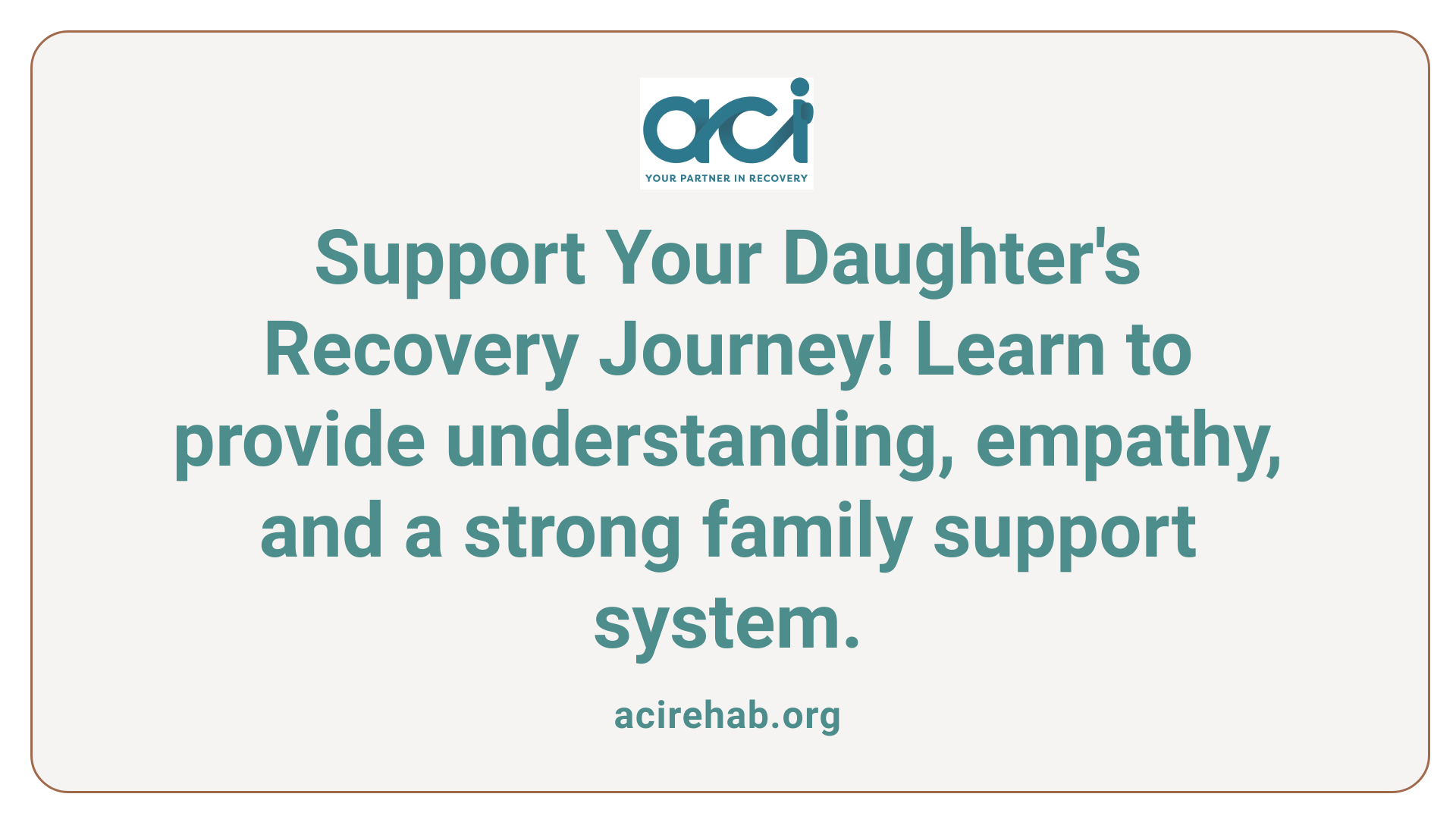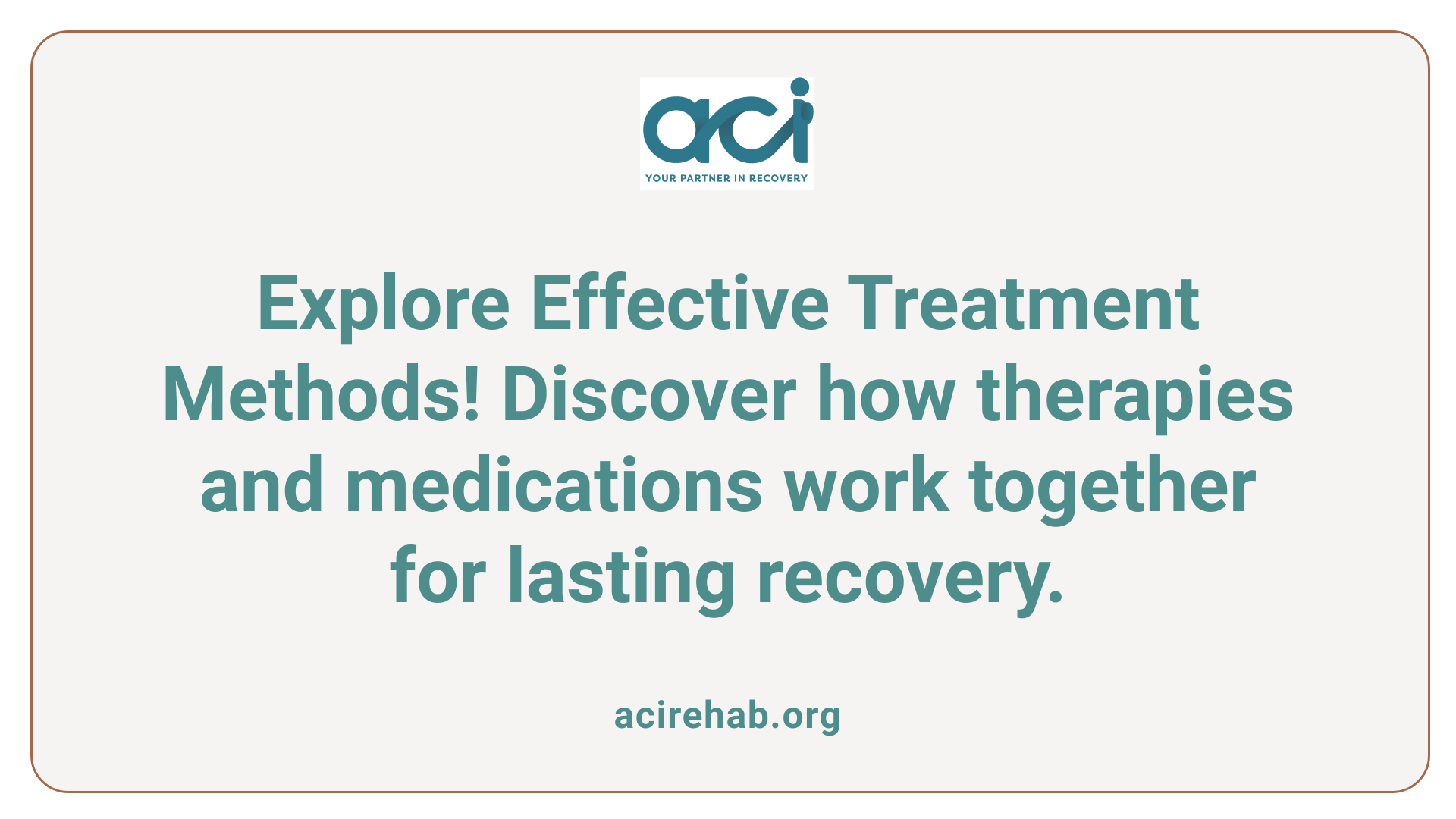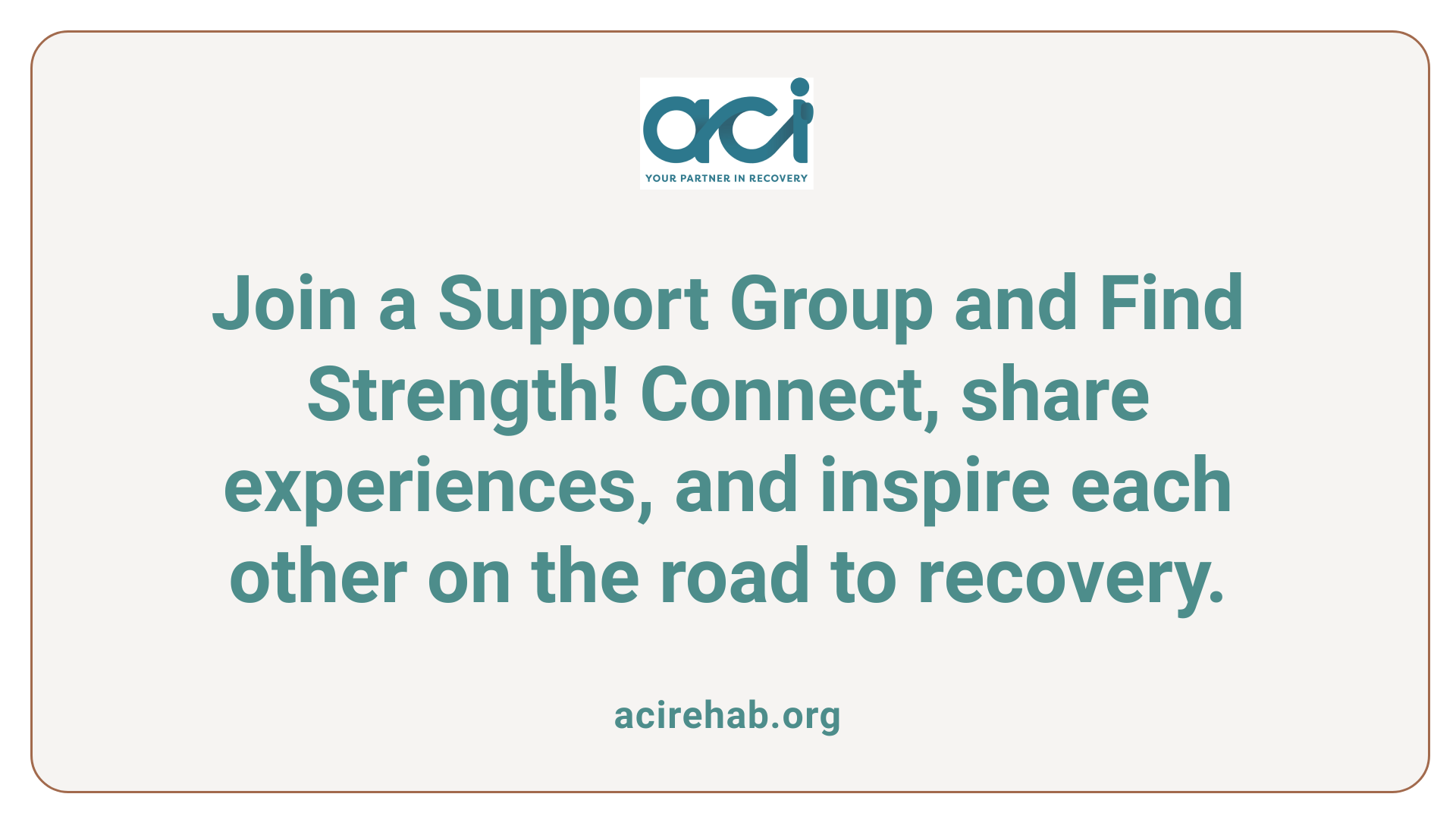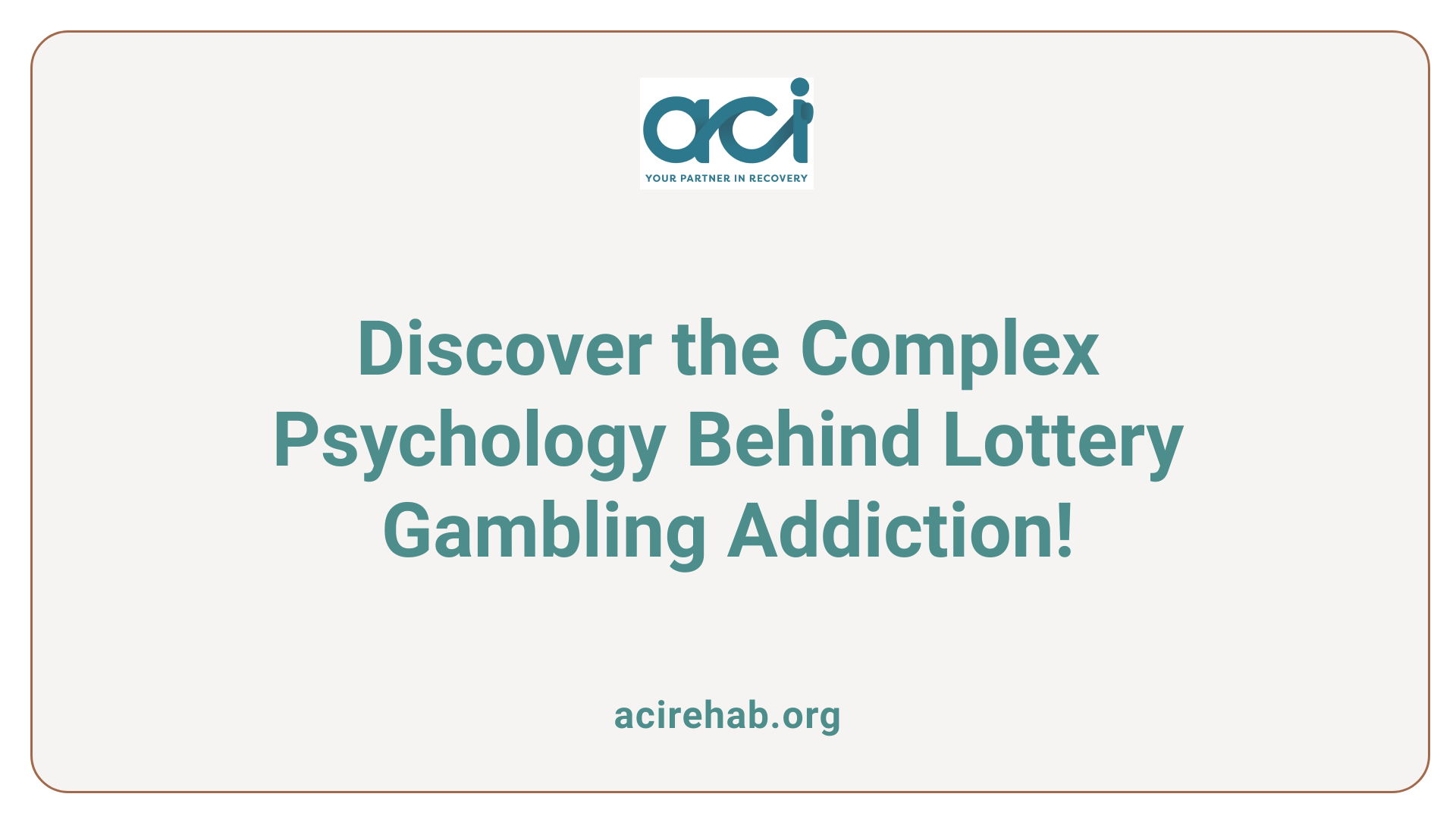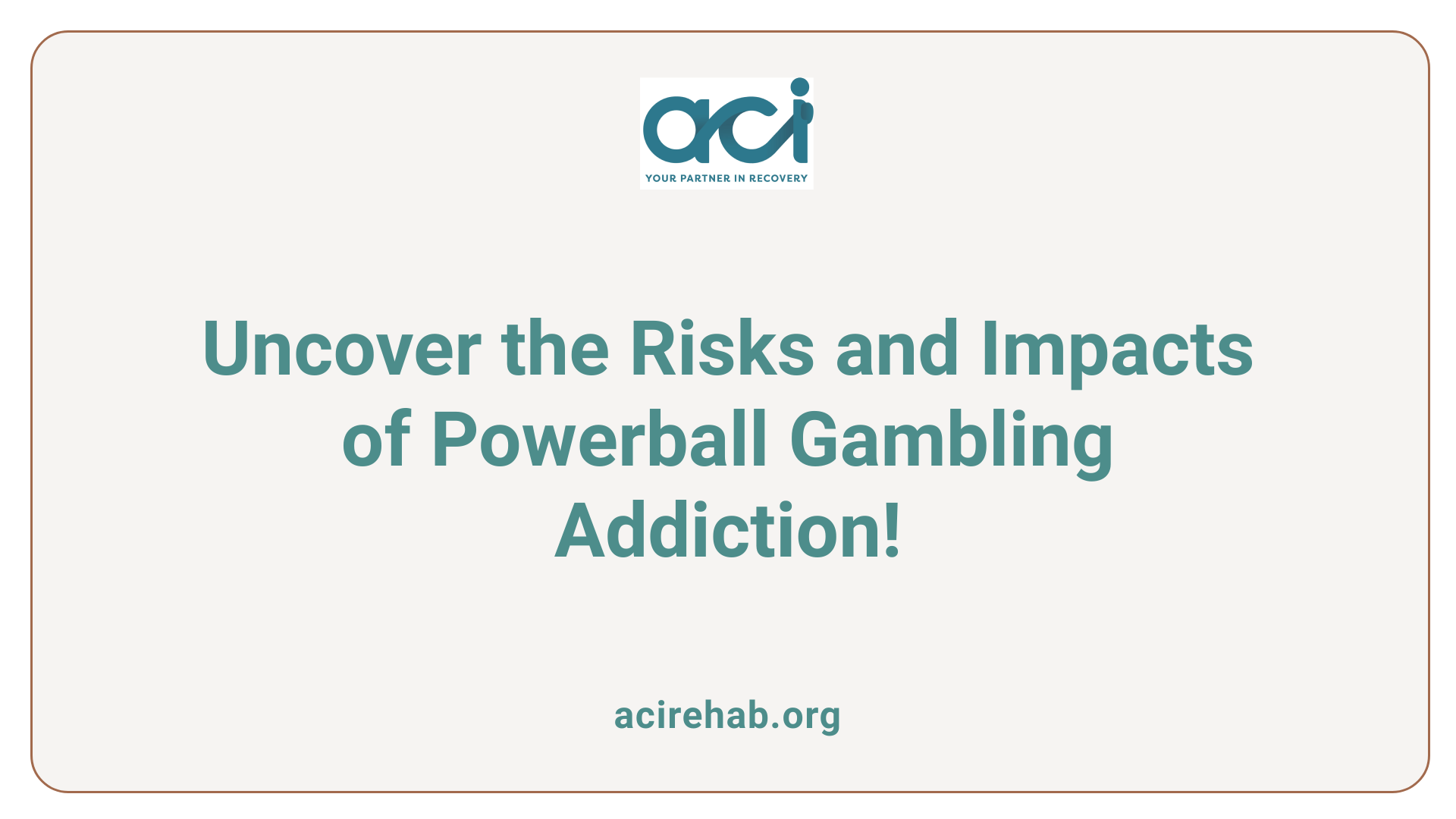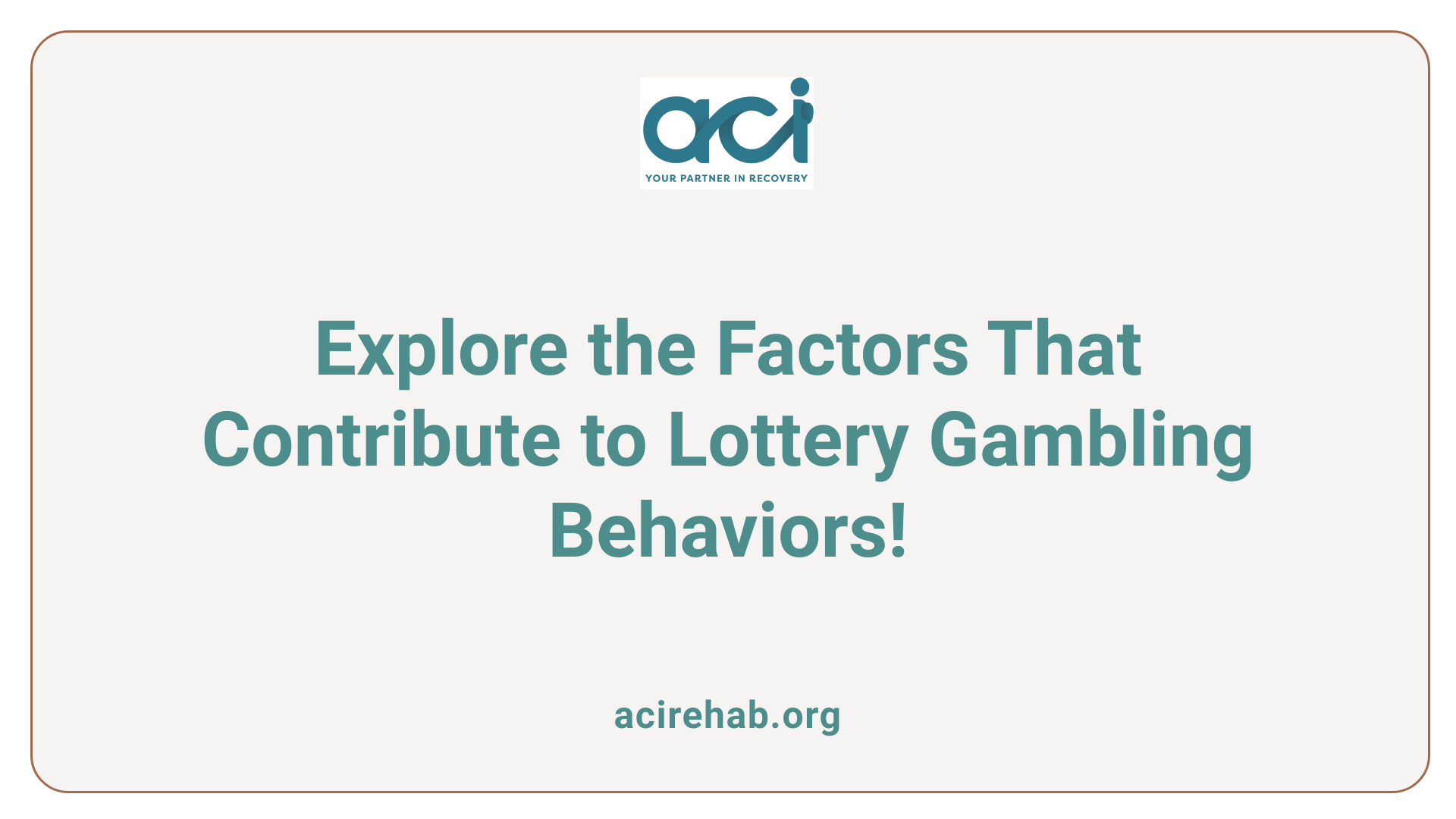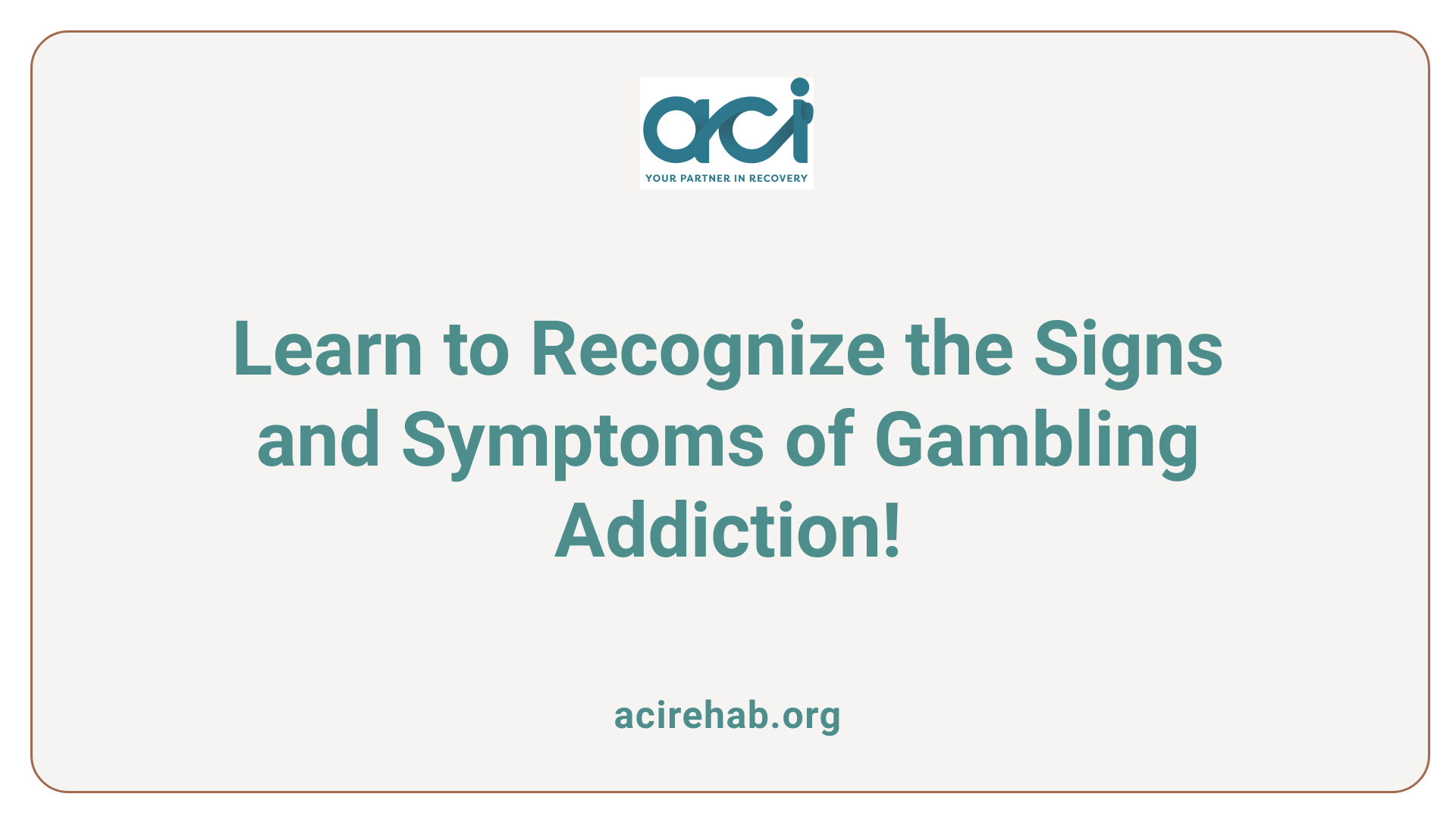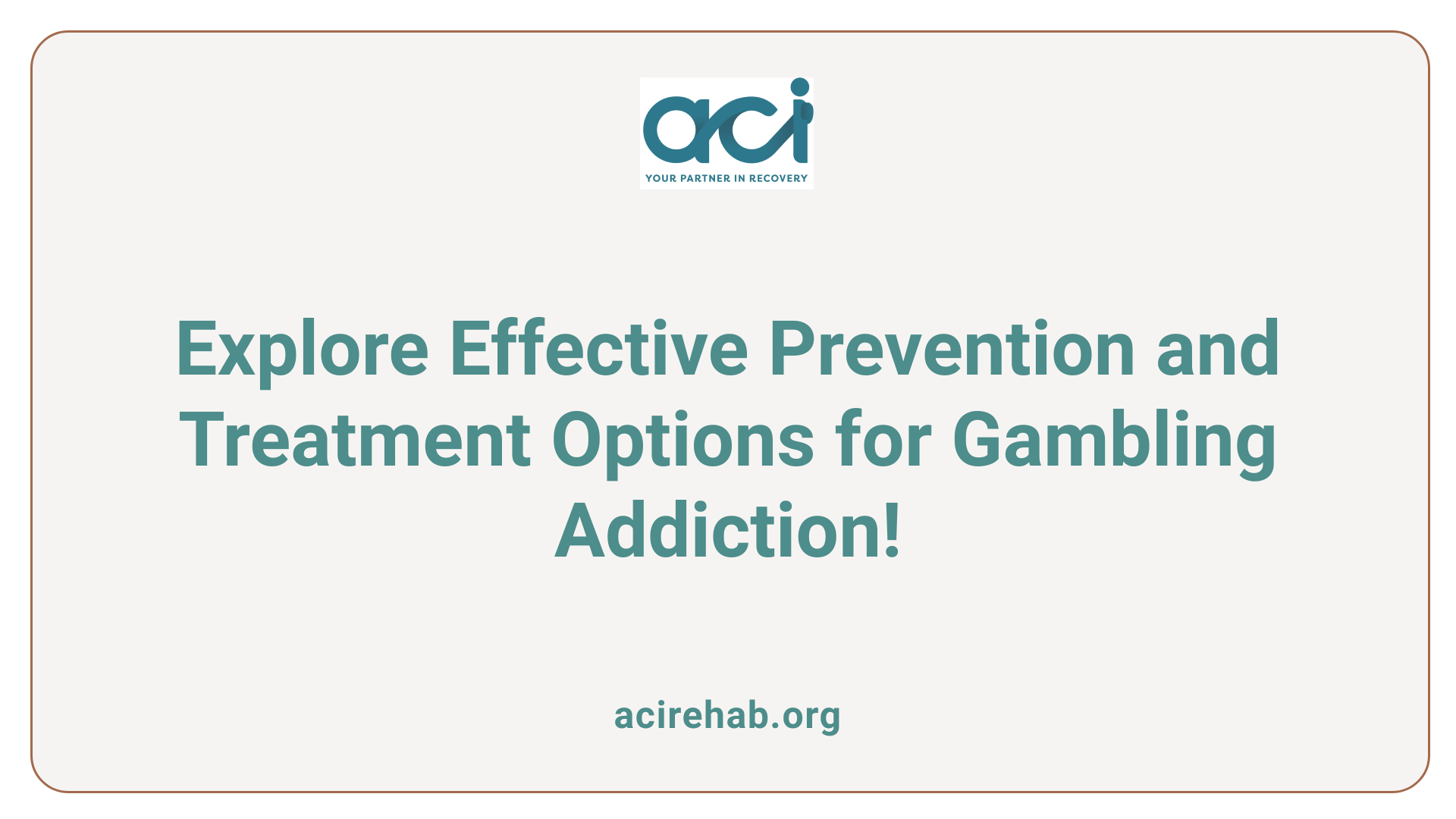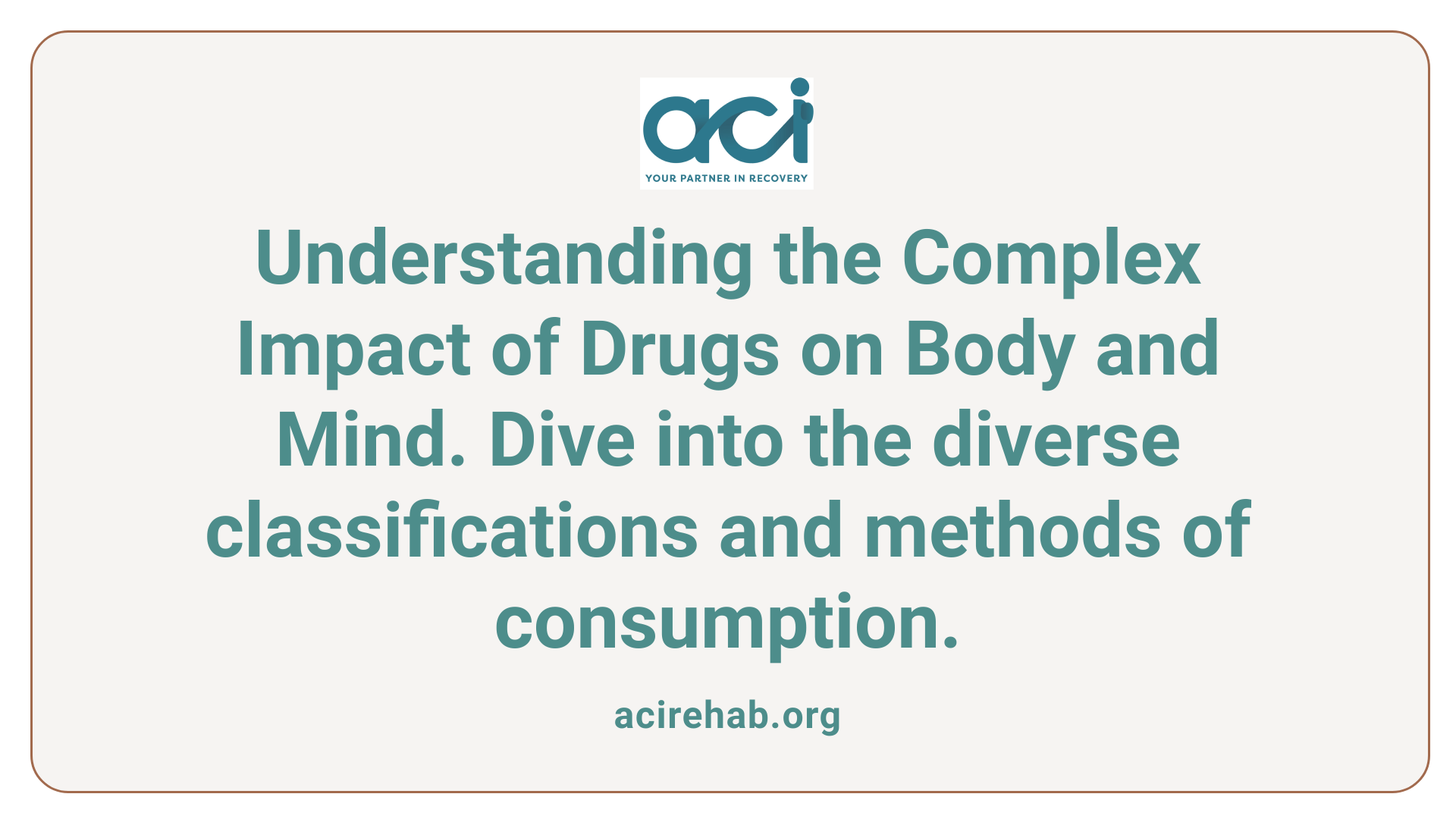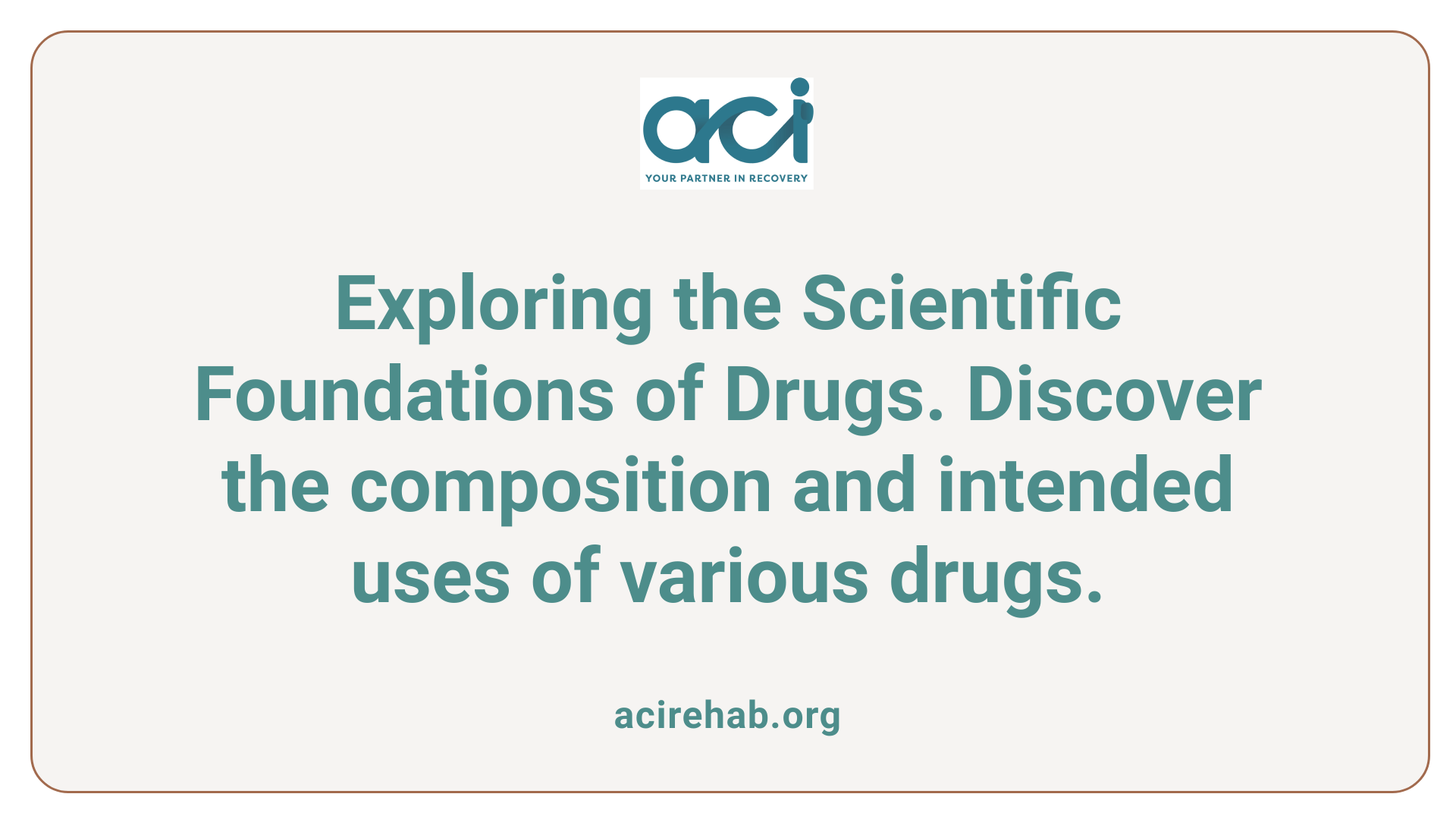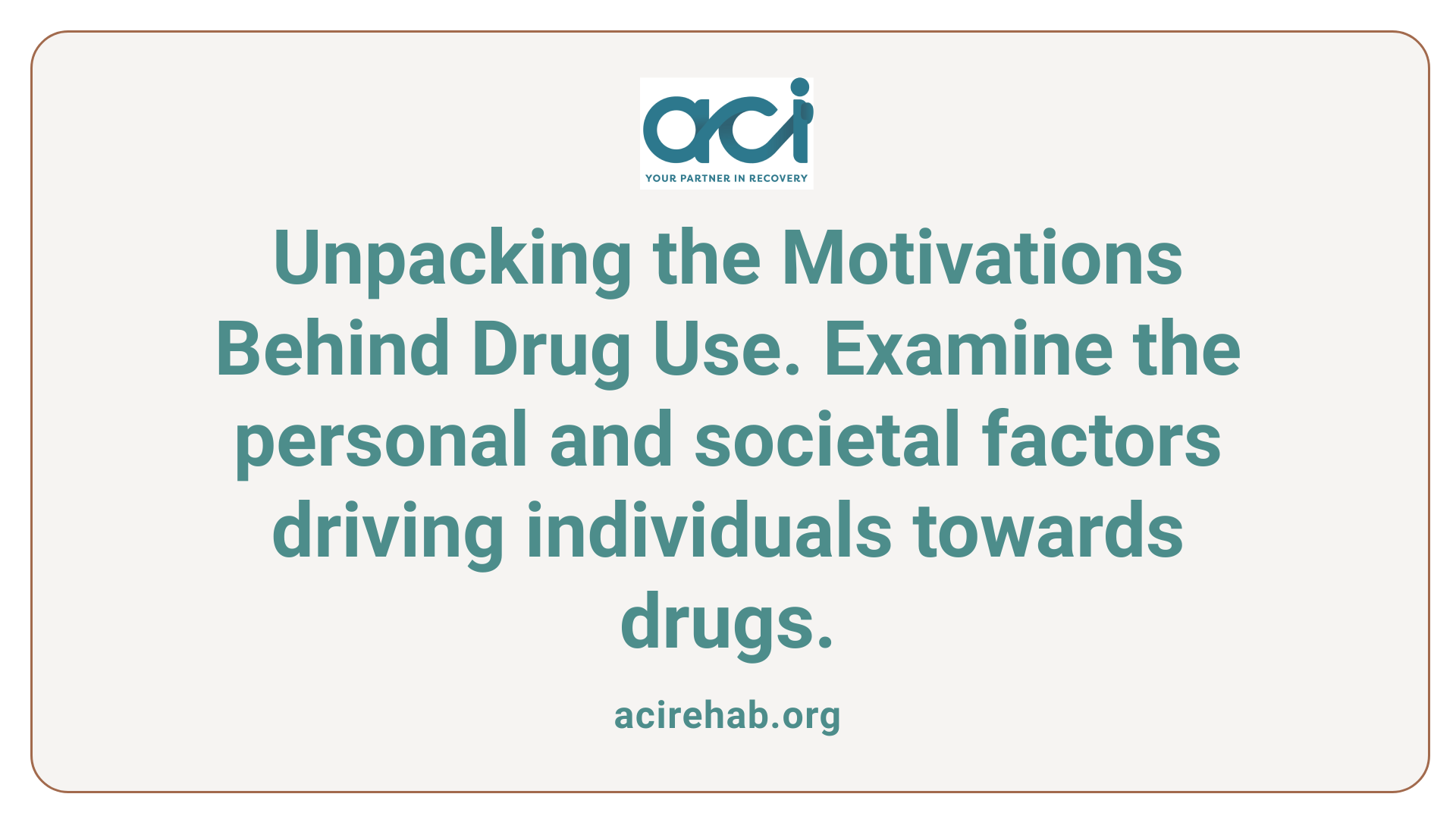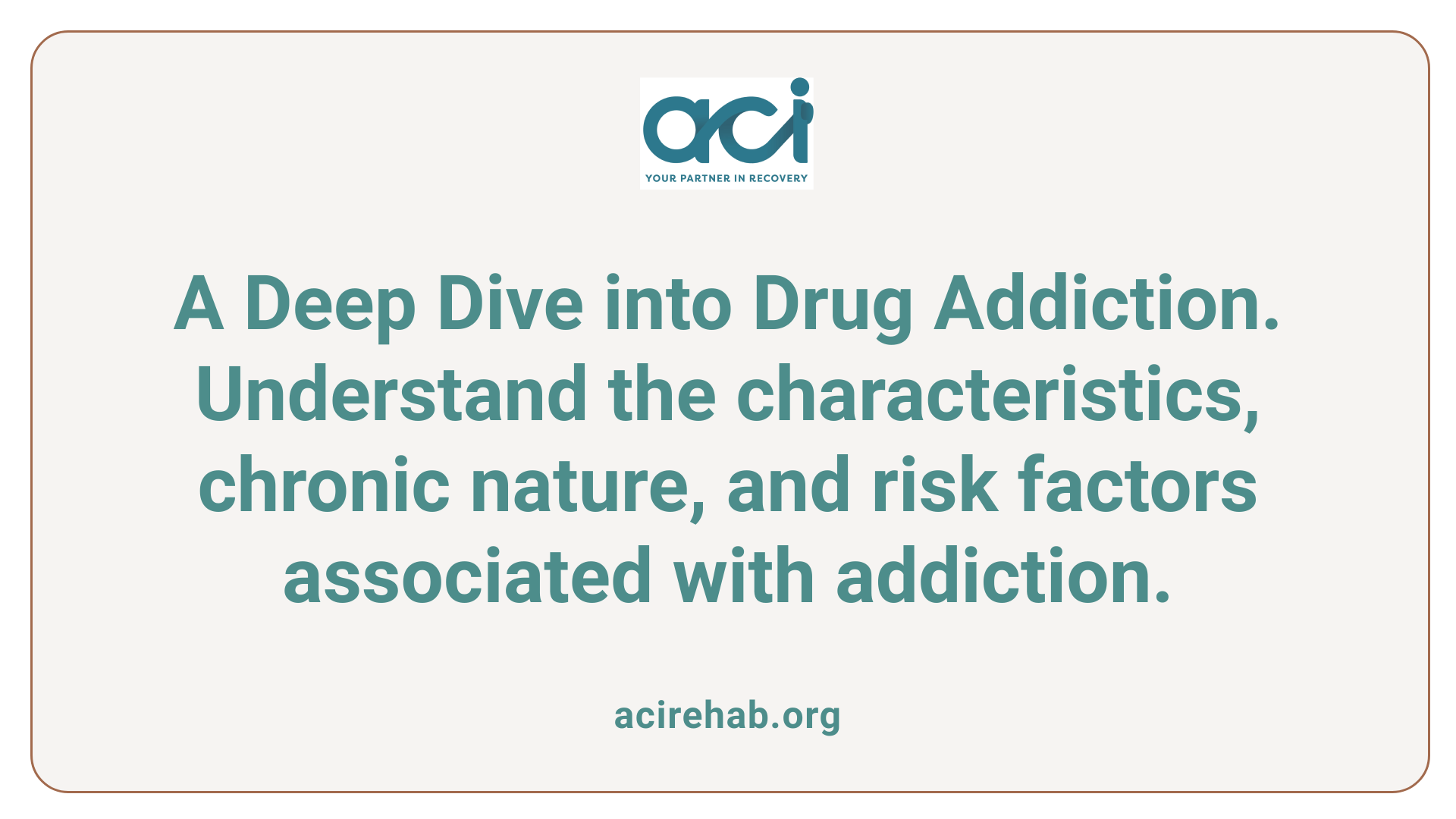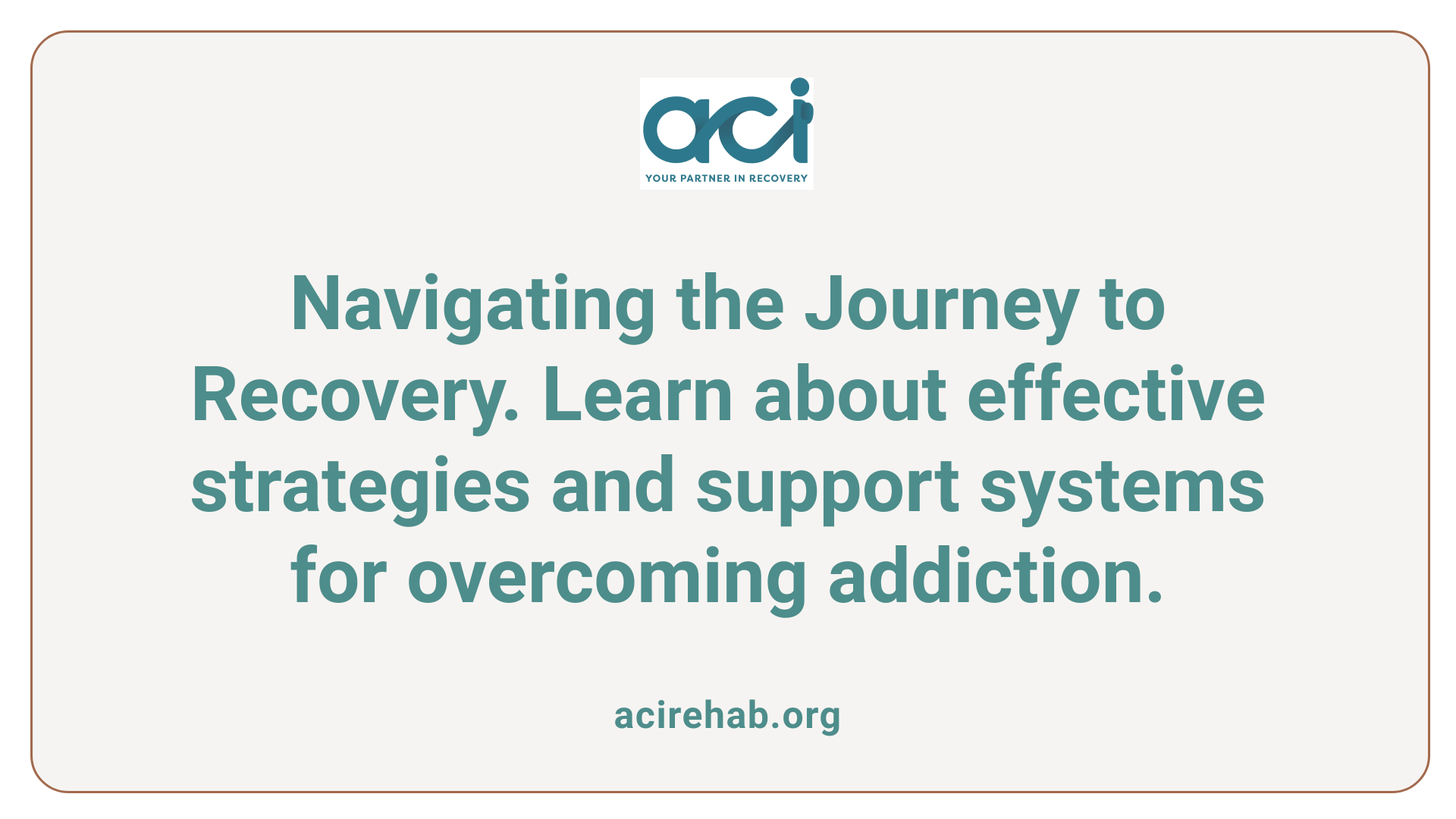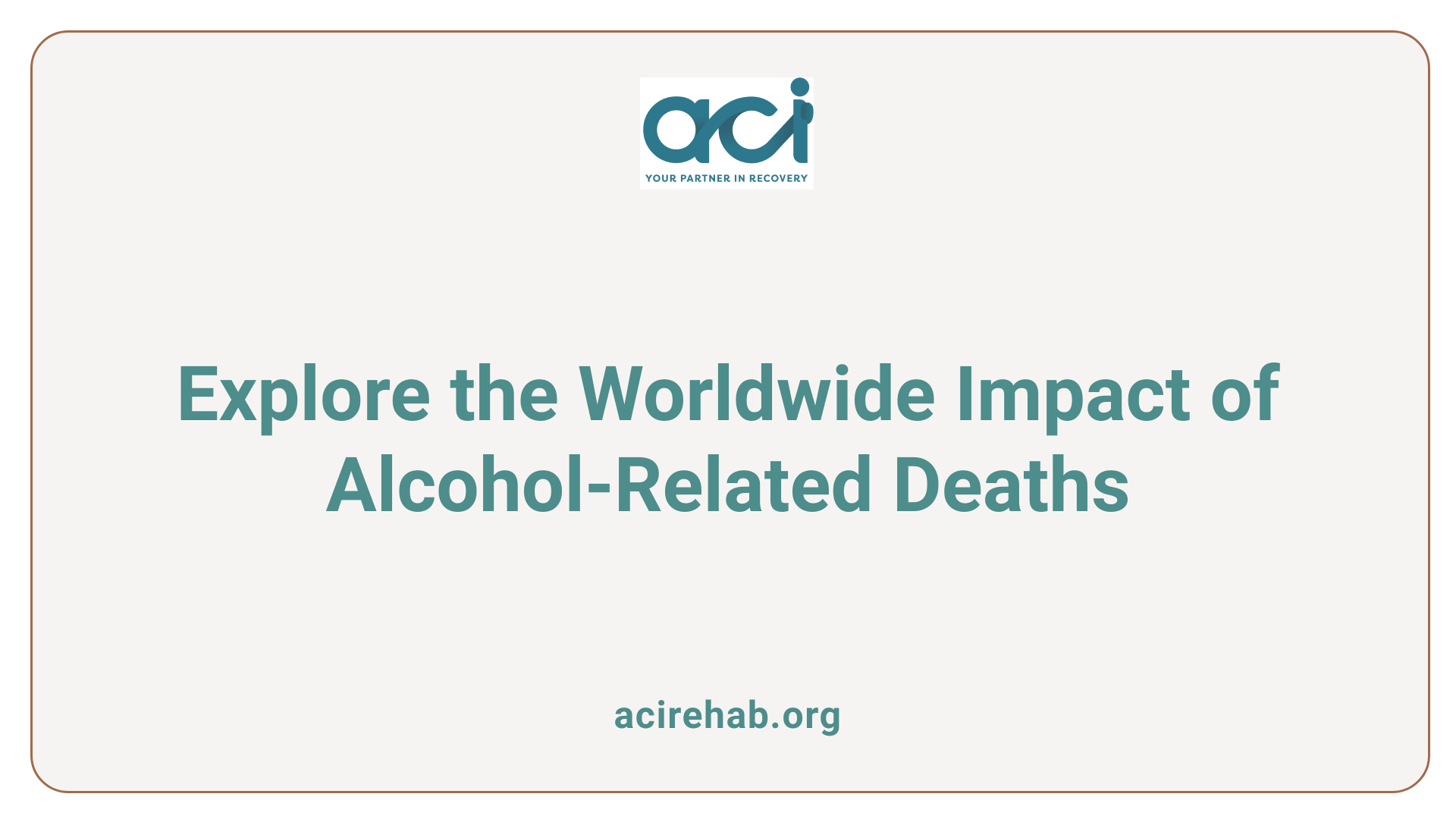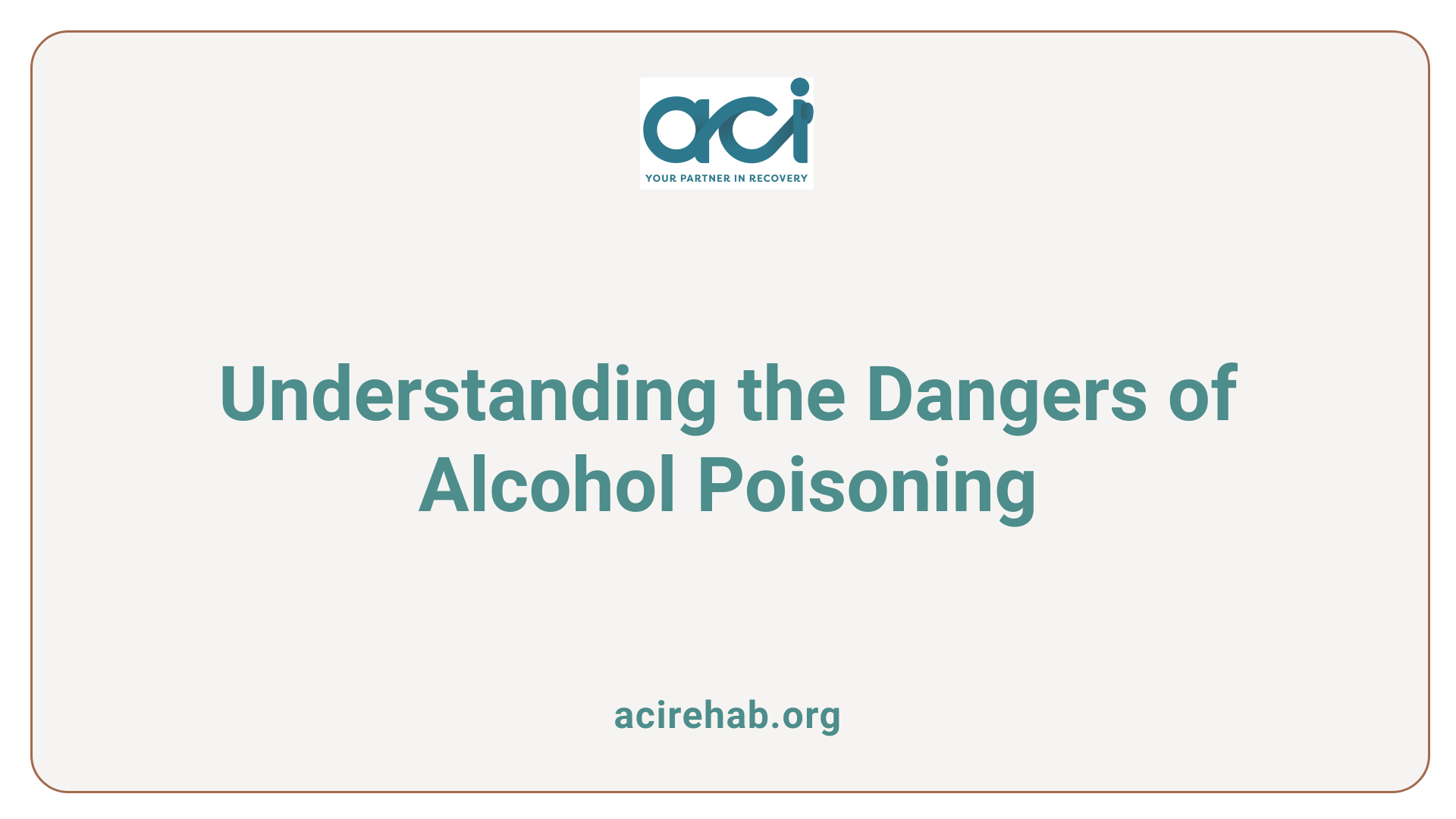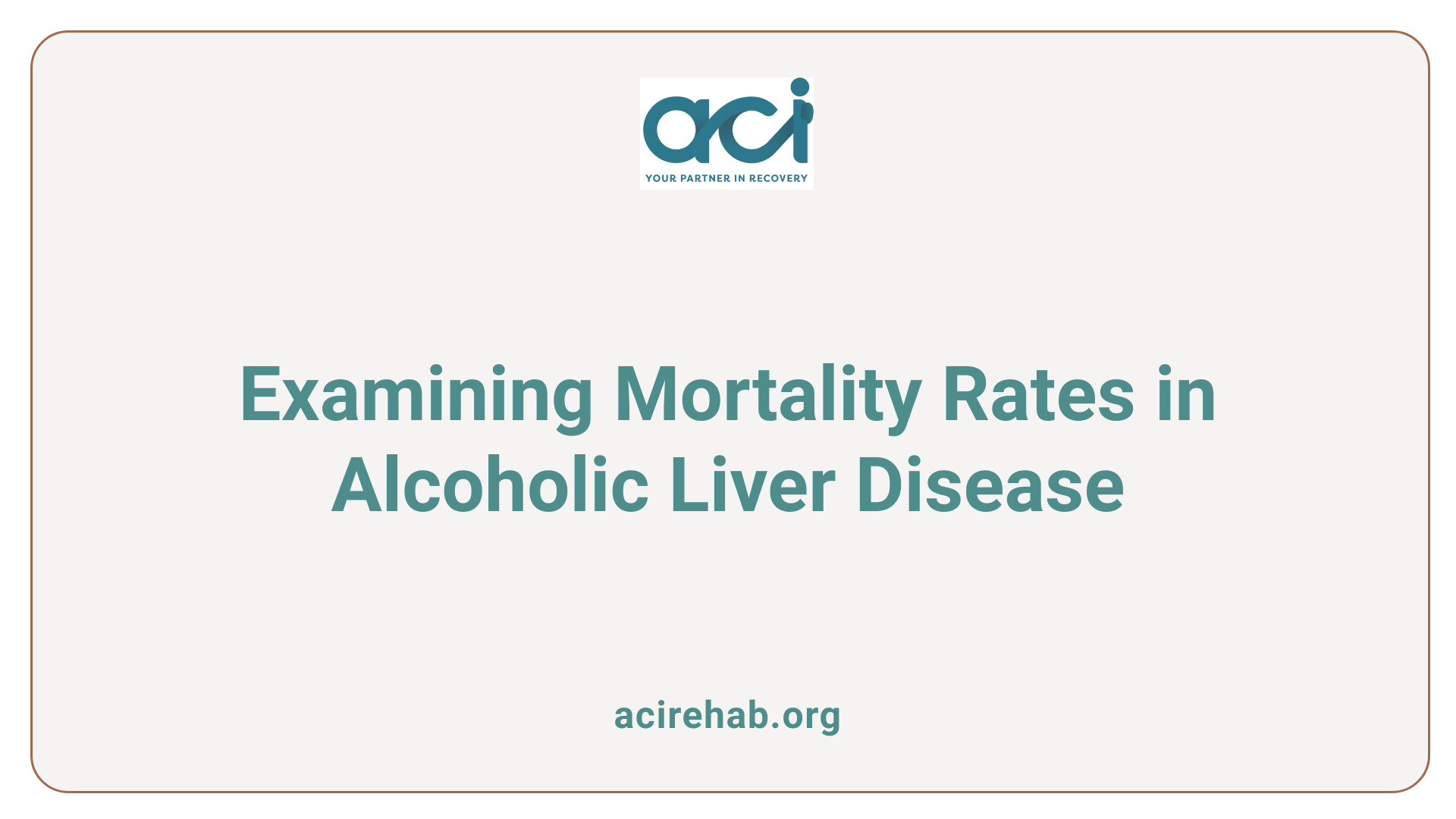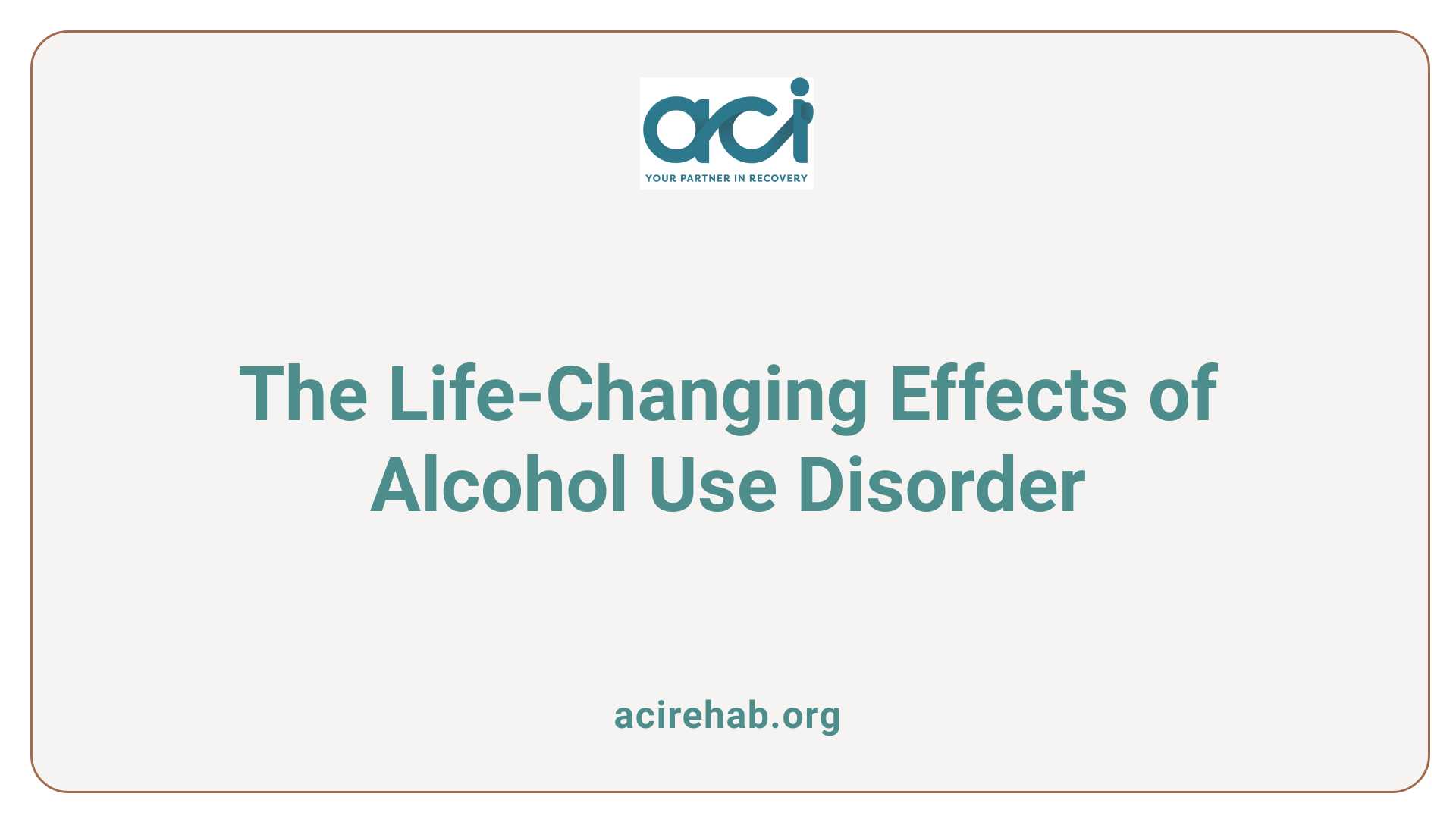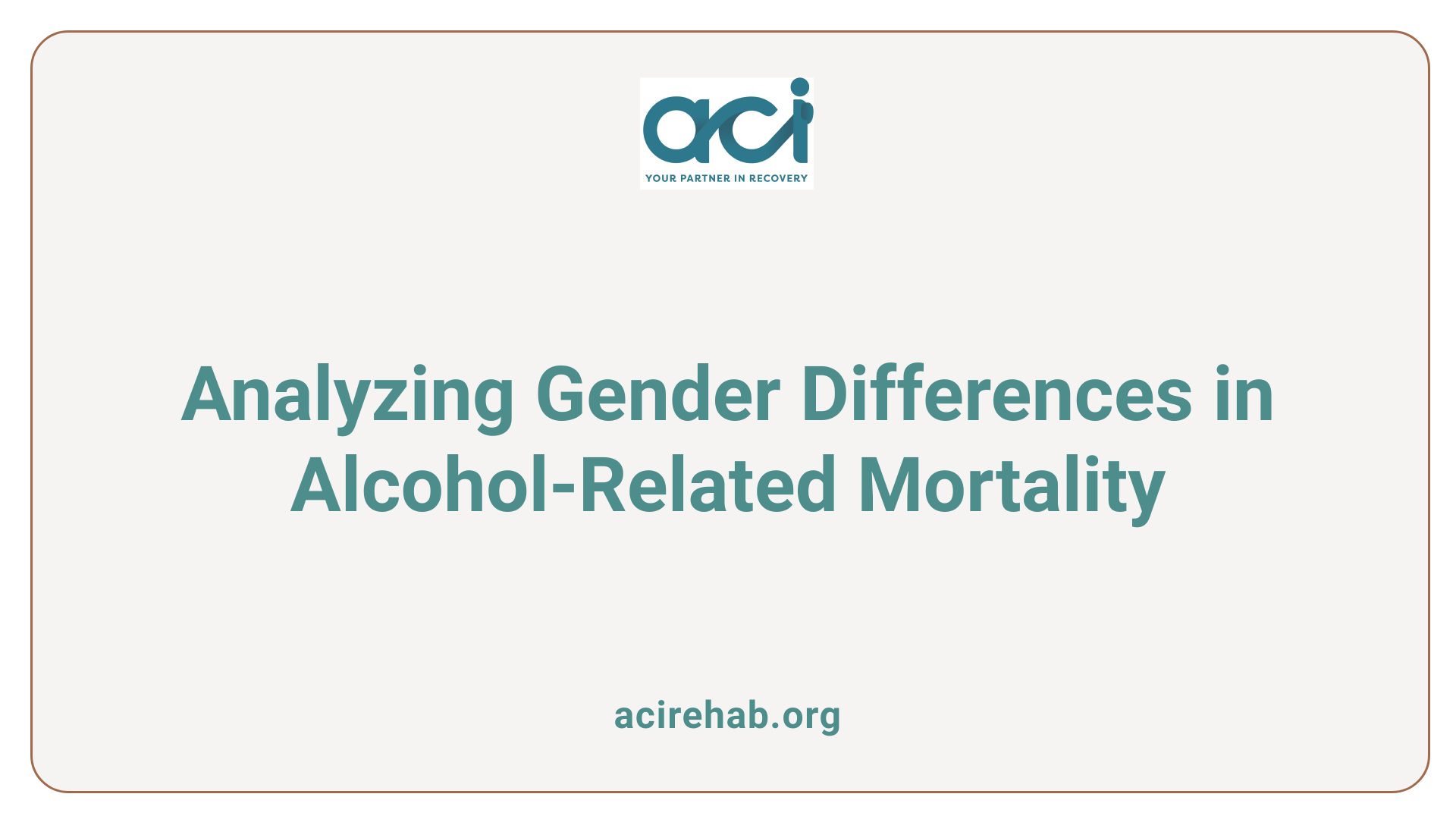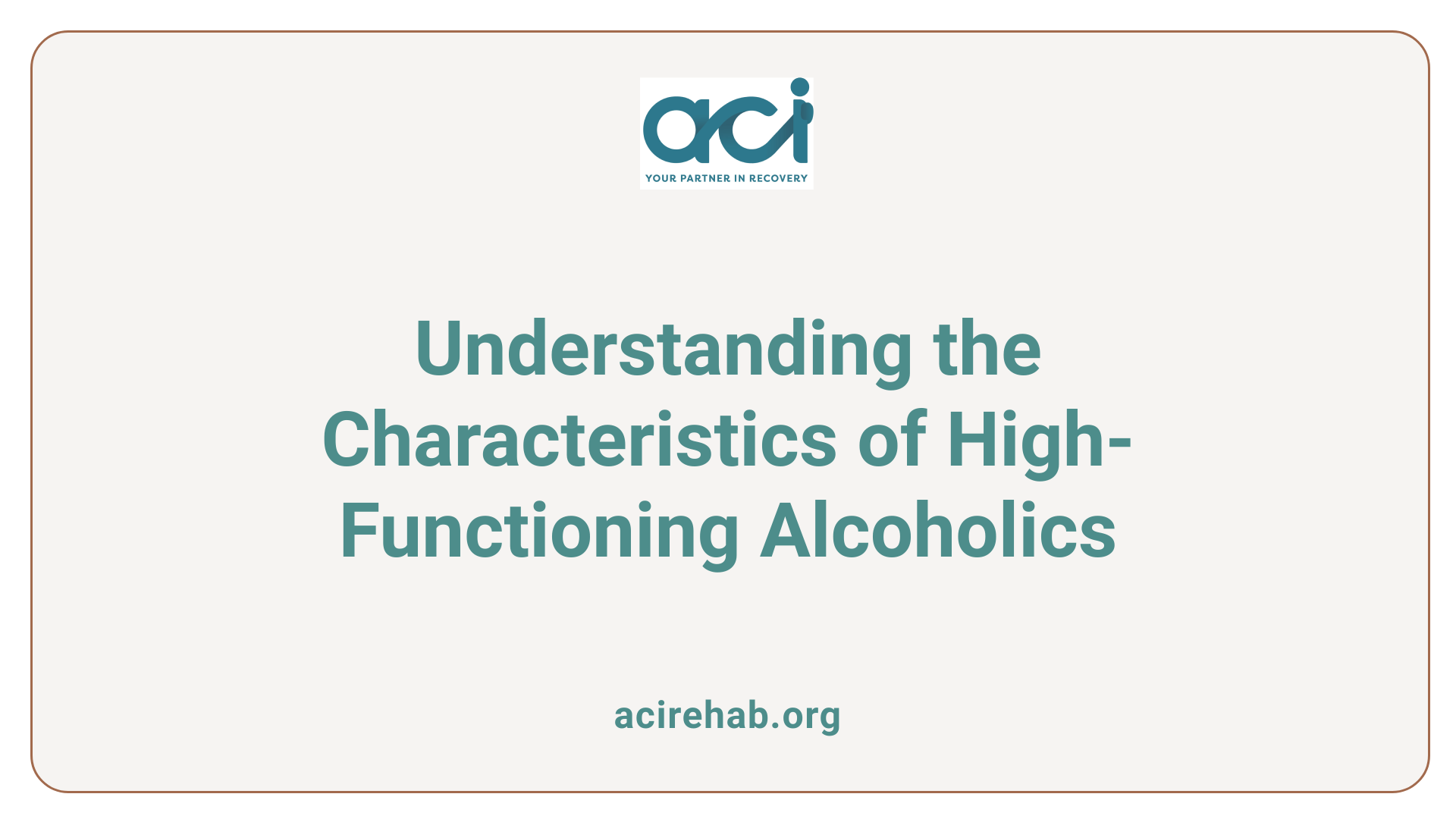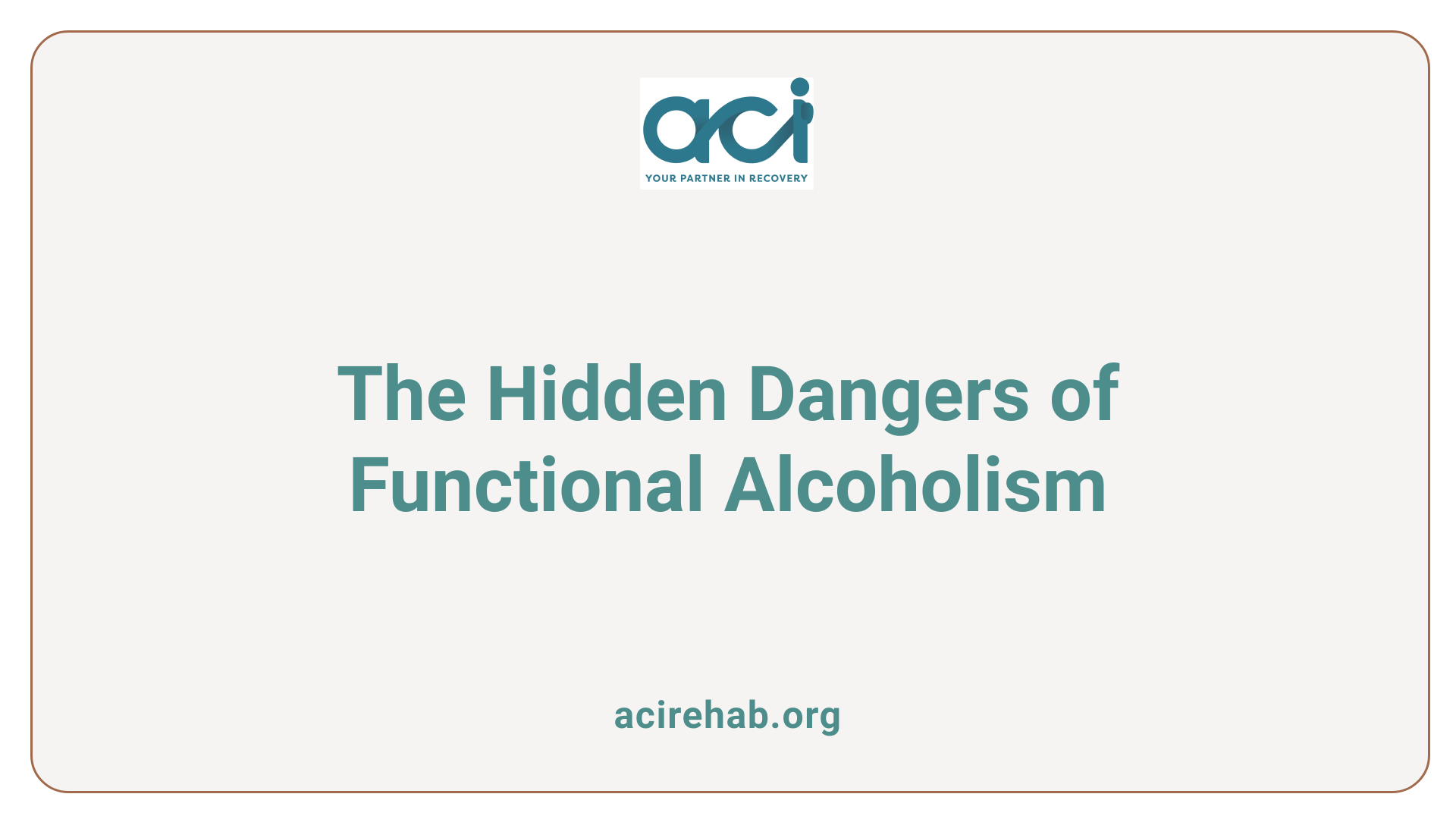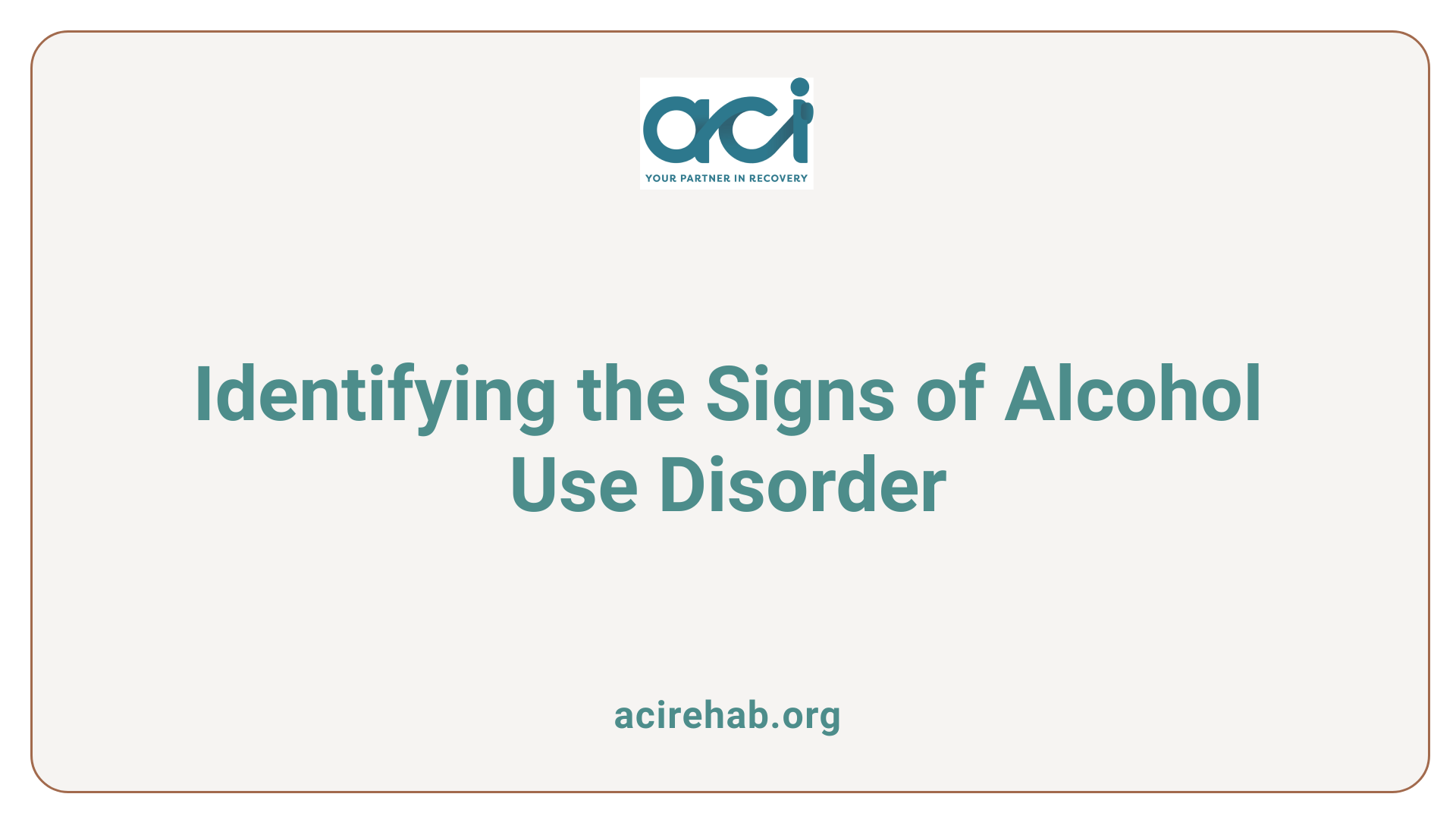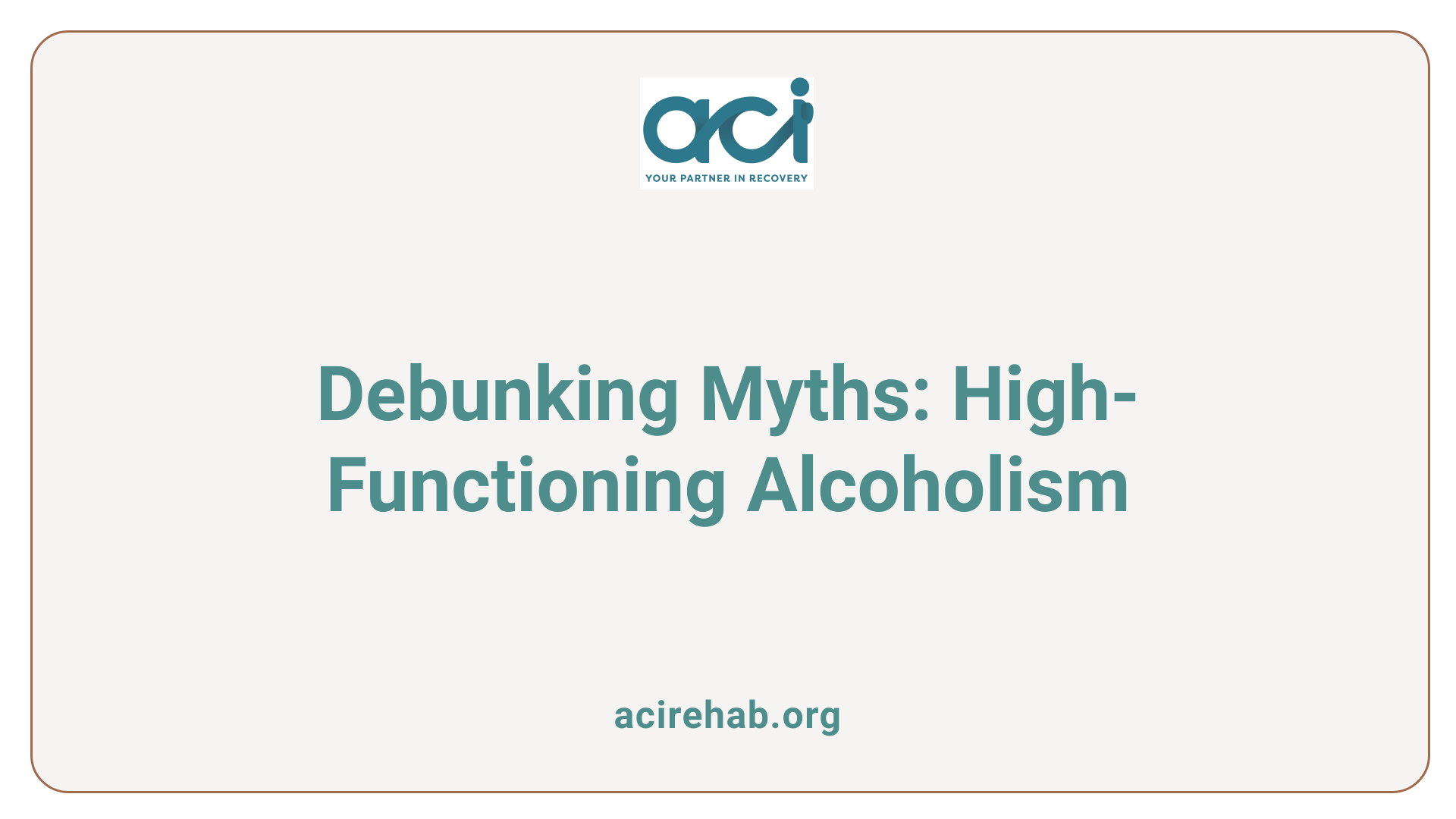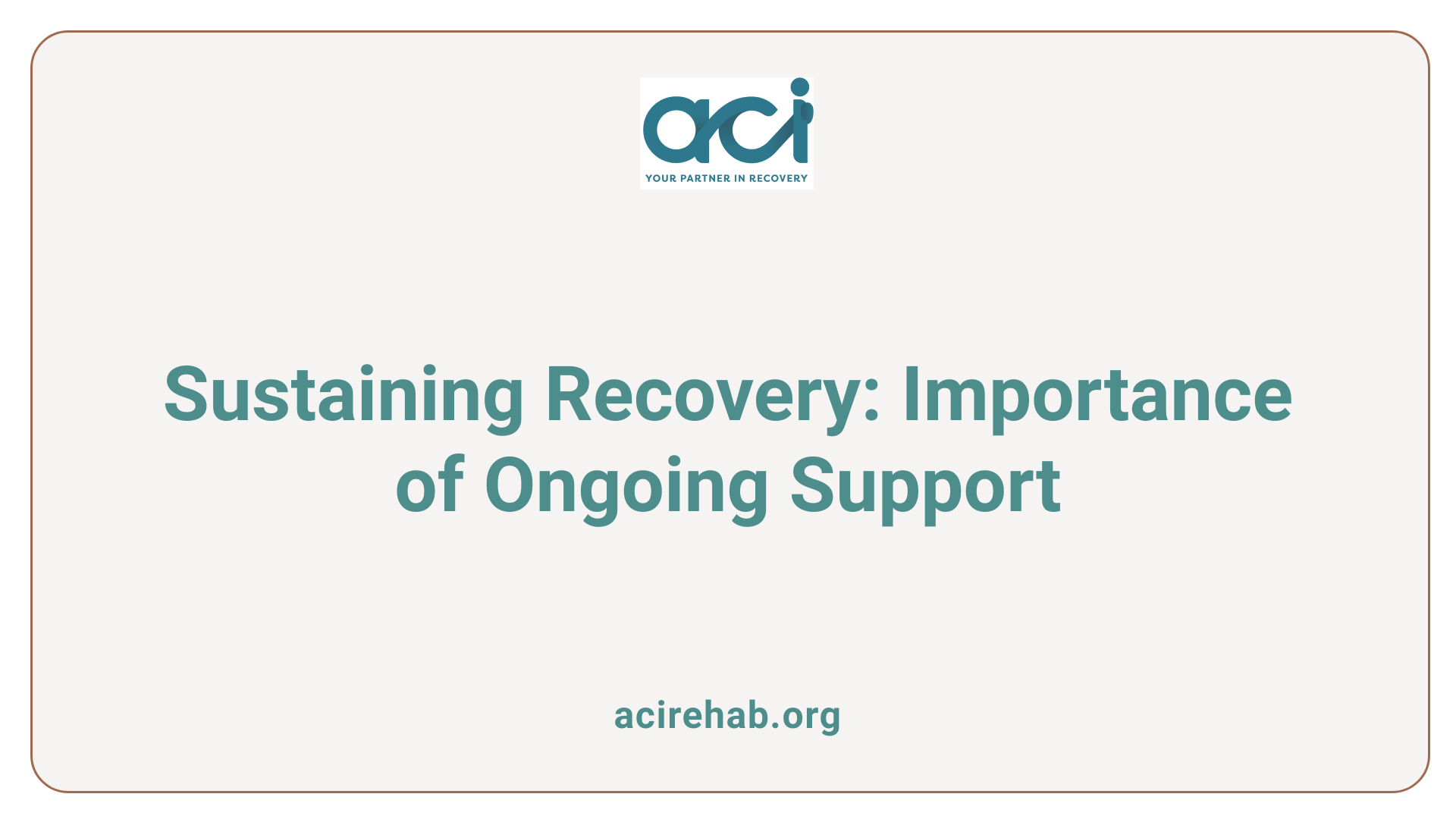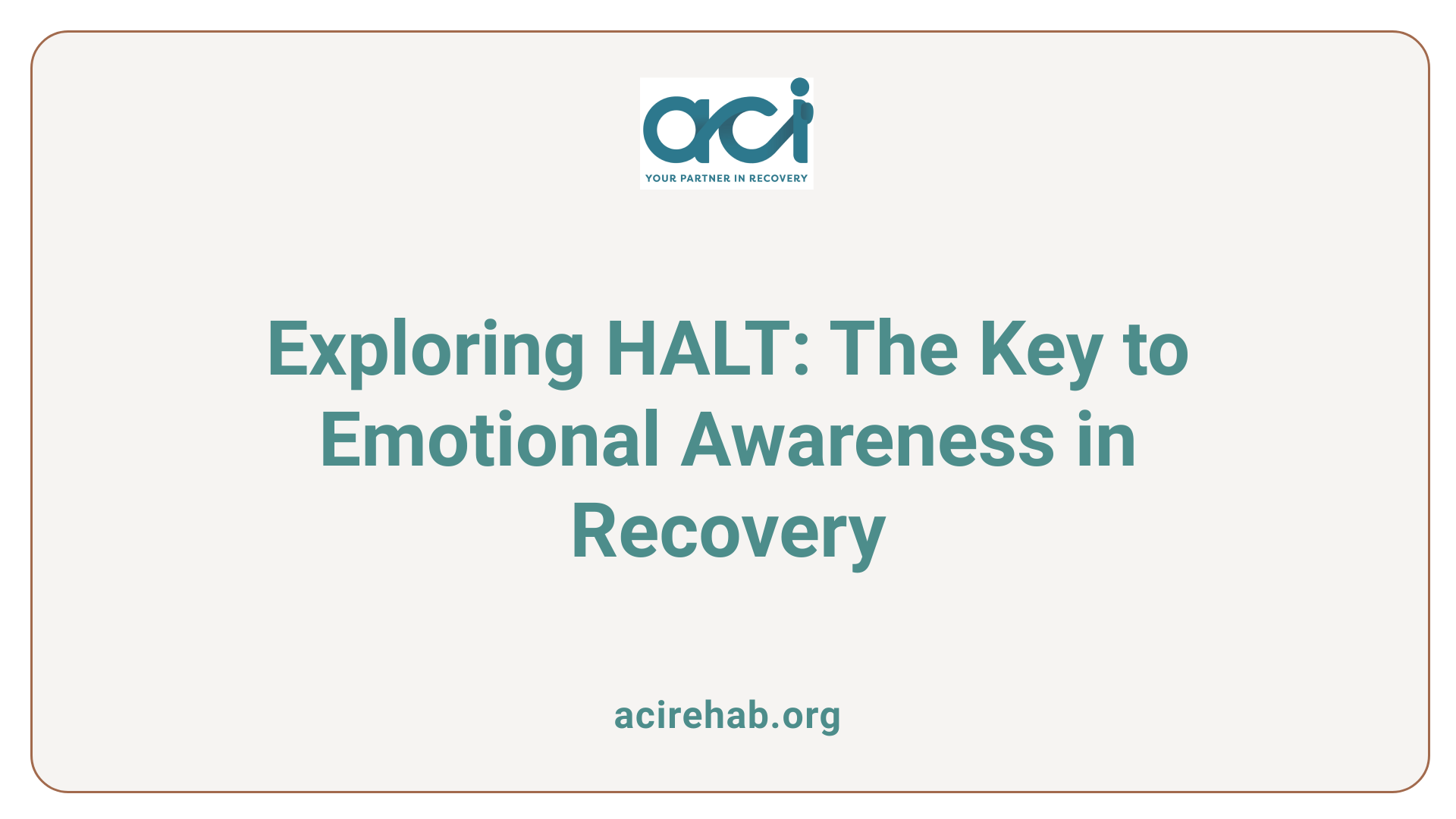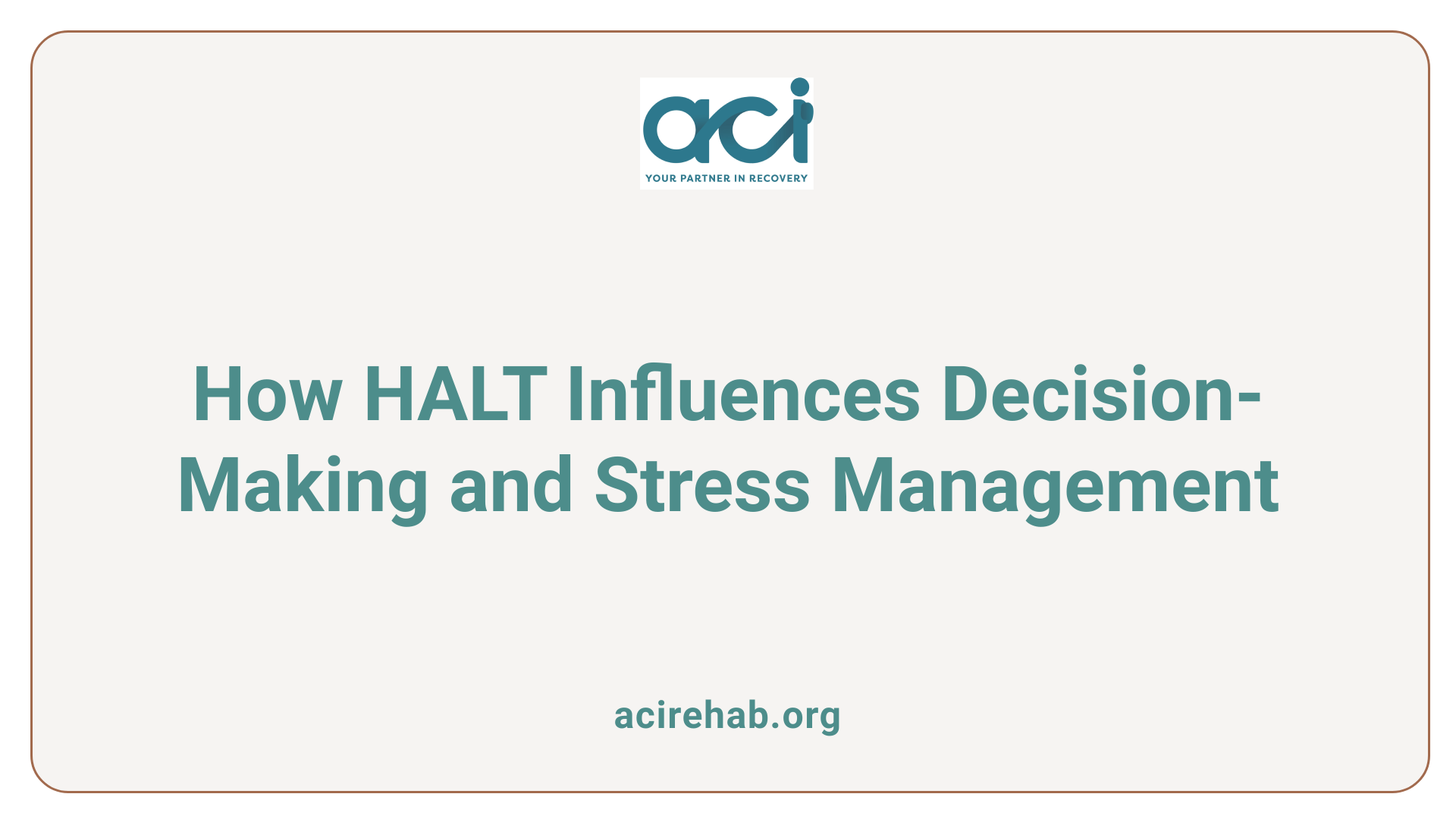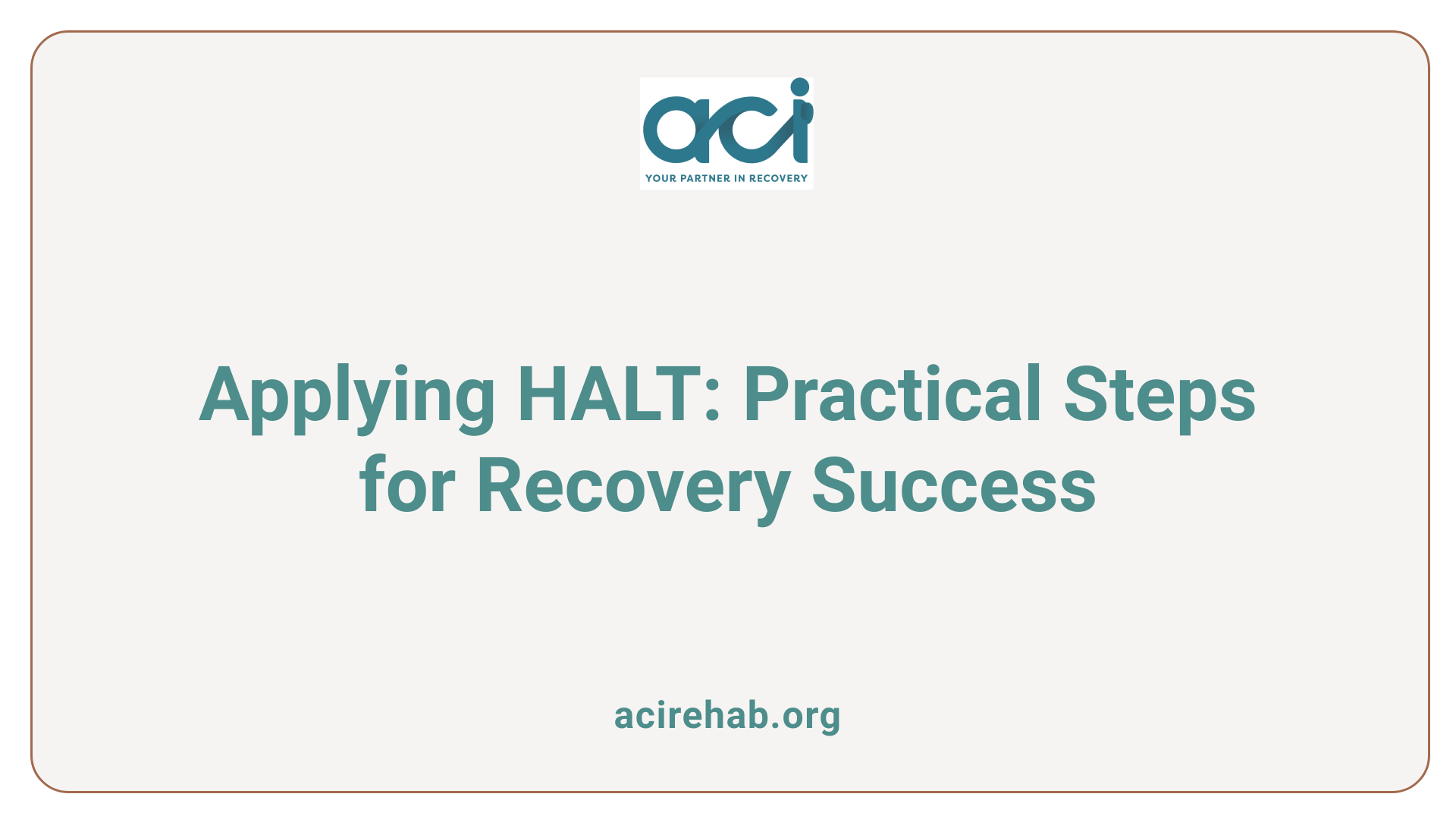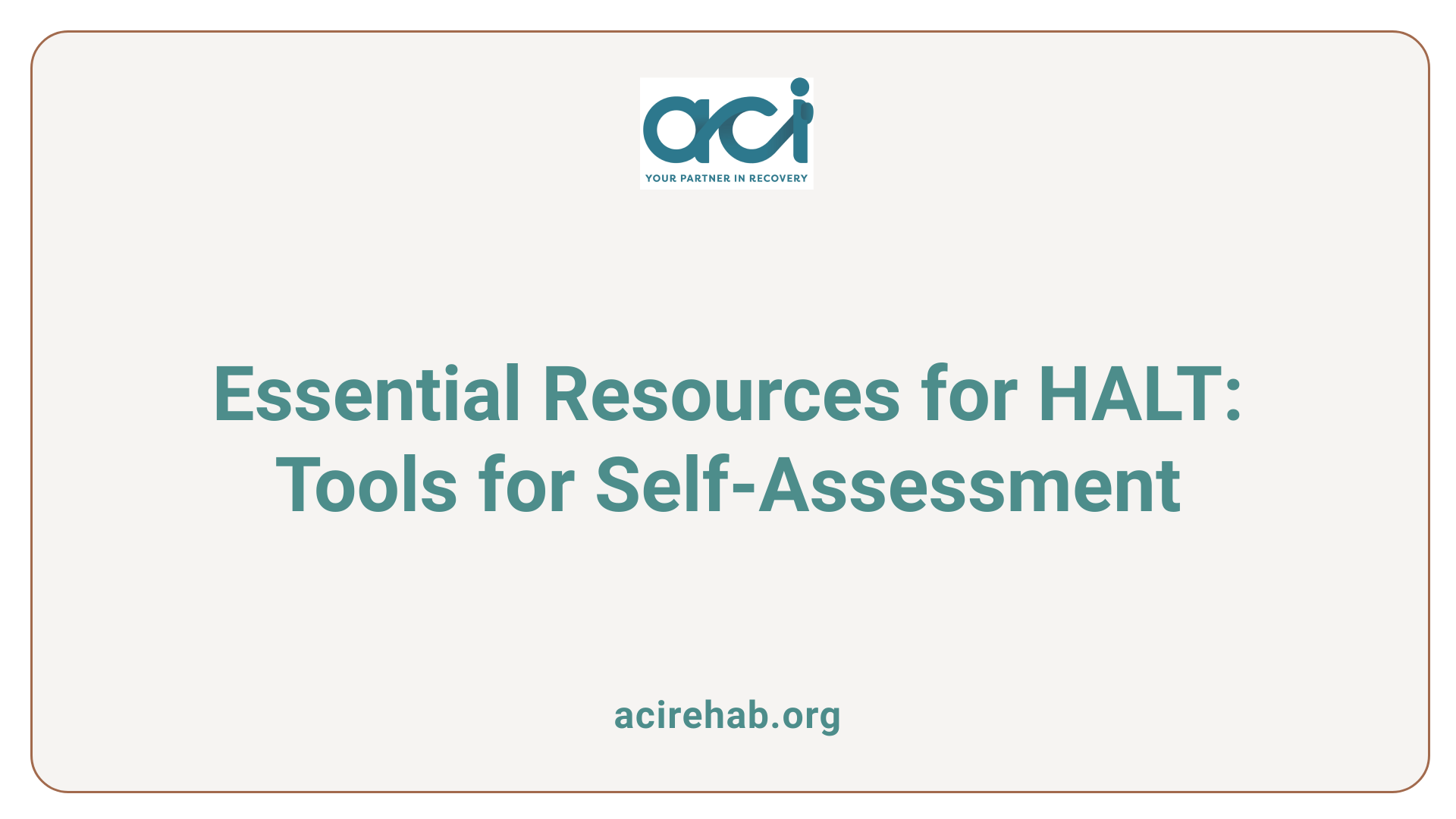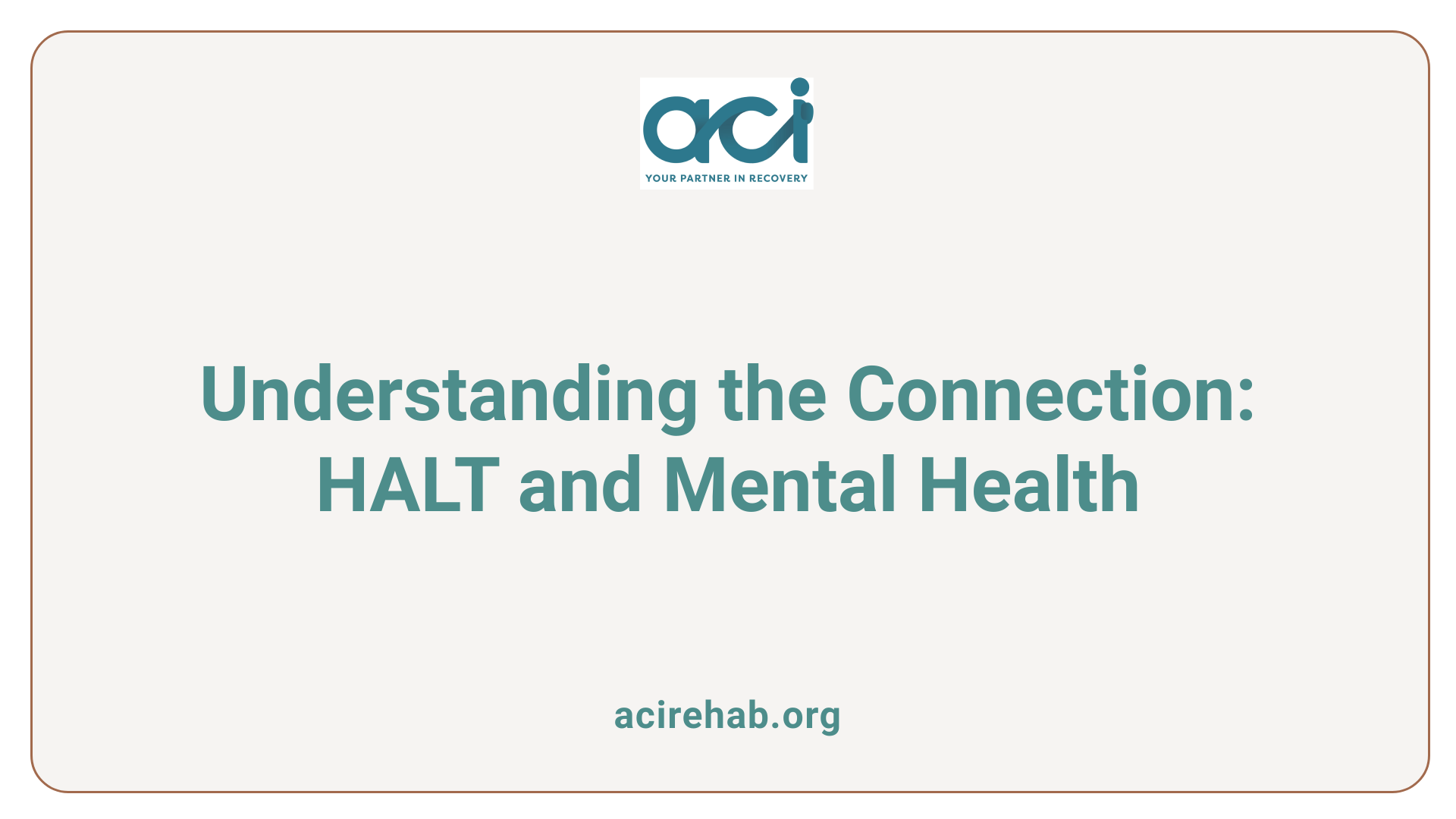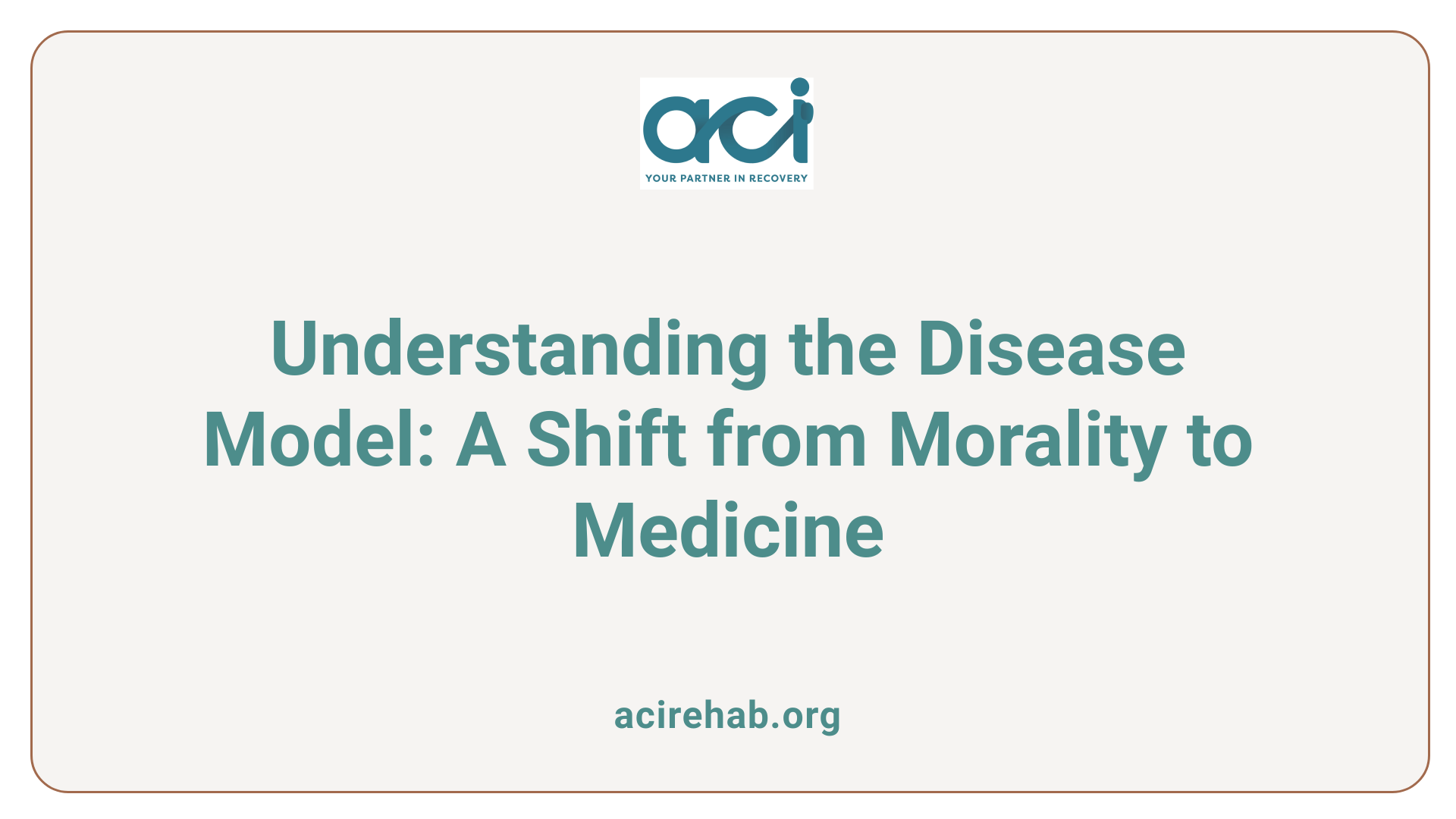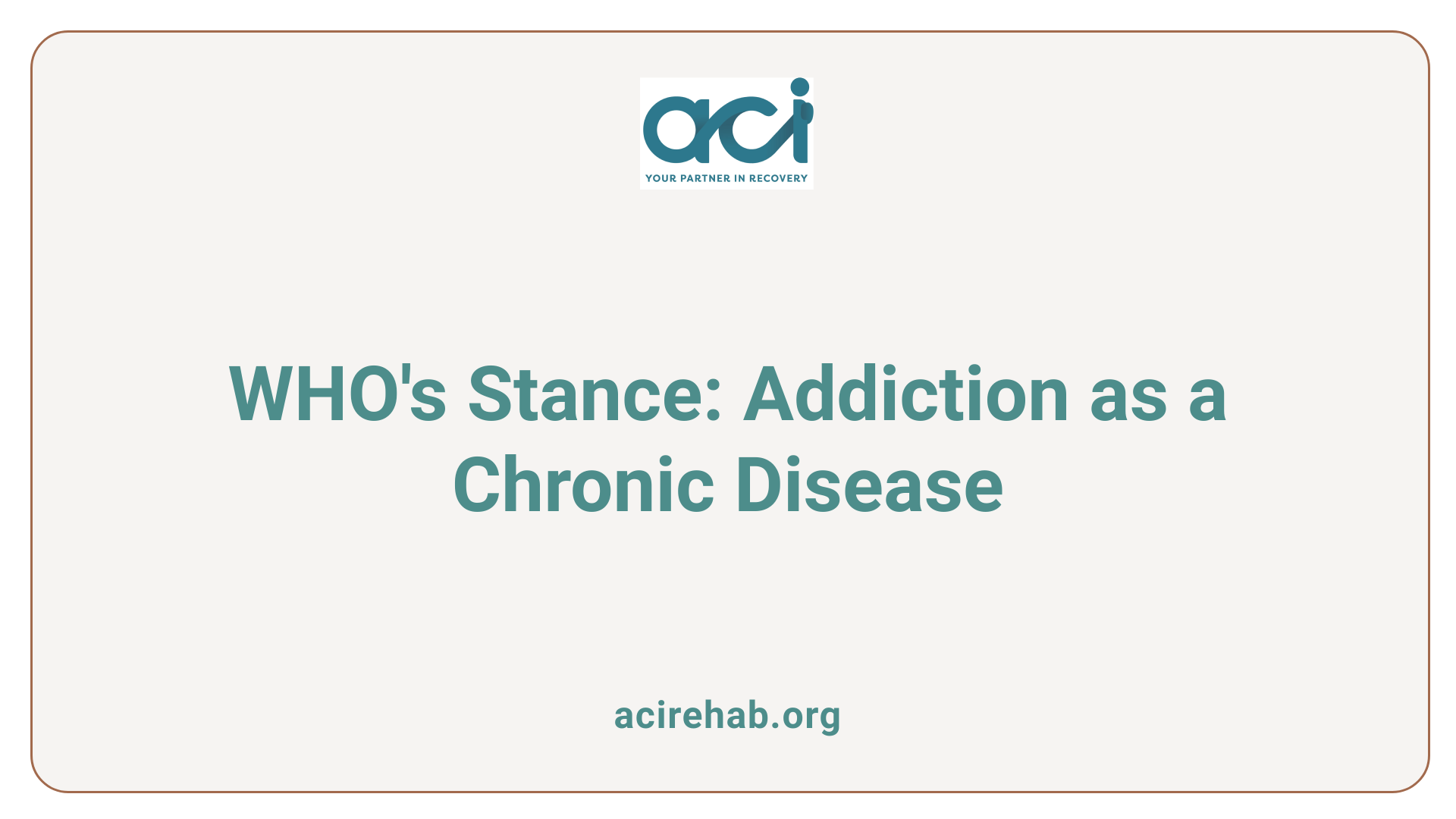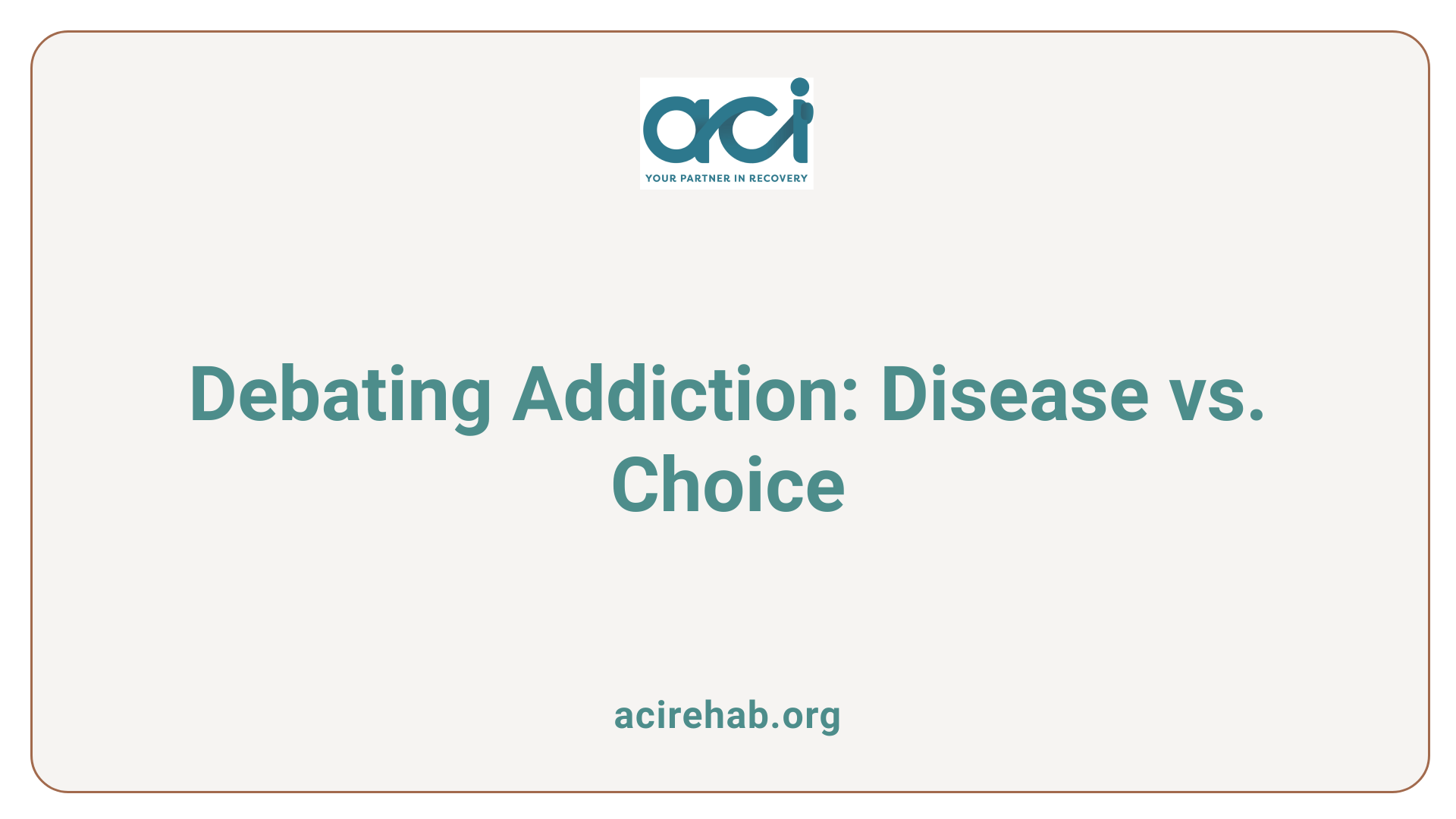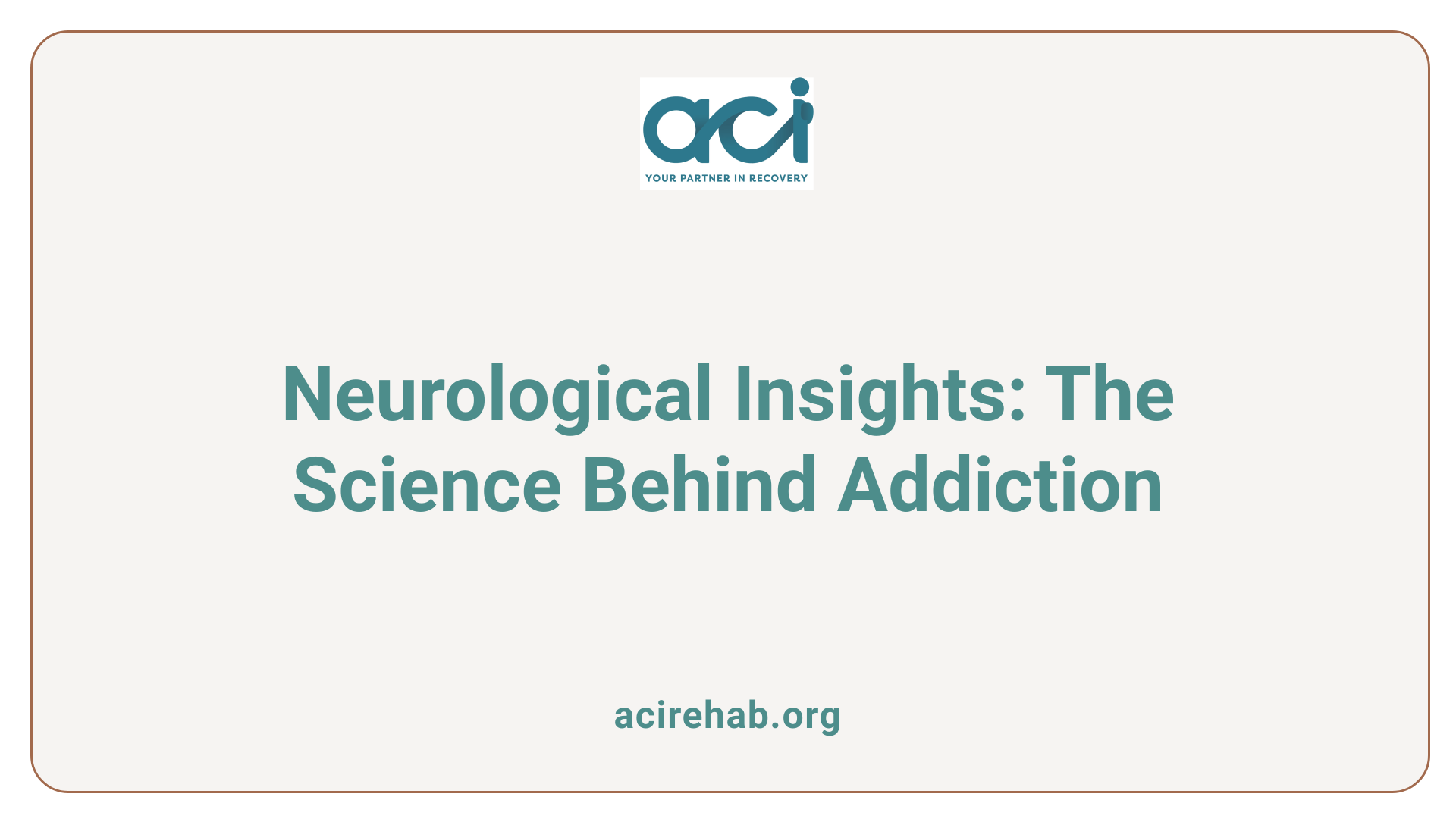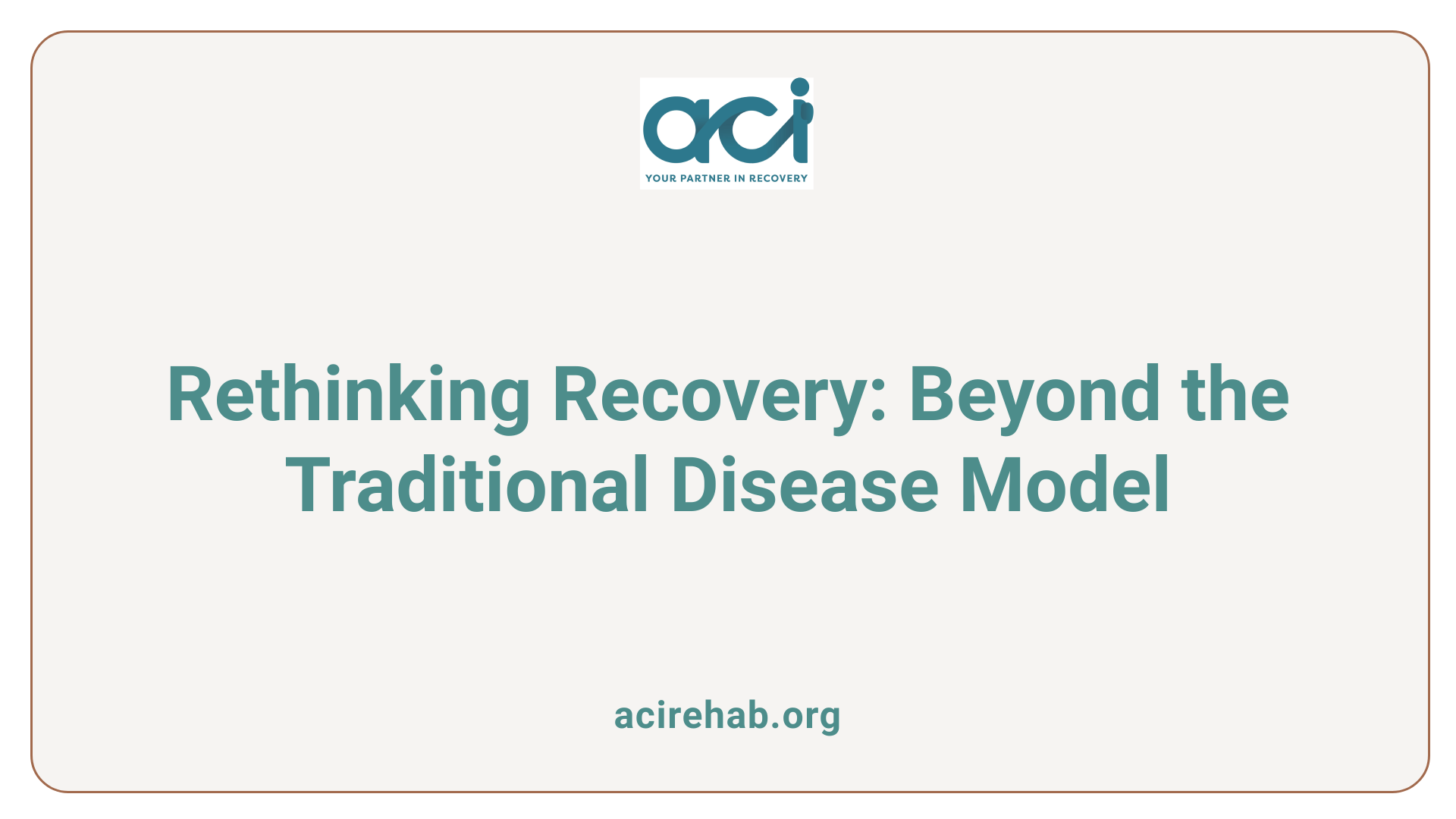Introduction: Navigating the Workforce After Recovery
Re-entering the workforce after completing rehab is an important and challenging step in the journey of recovery. It represents a new beginning where individuals have the opportunity to apply the skills and resilience gained during treatment to build a stable and rewarding professional life. However, this transition can be fraught with obstacles such as employment gaps, stigma, and the need to prioritize ongoing recovery commitments.
Understanding the Importance of Employment in Recovery
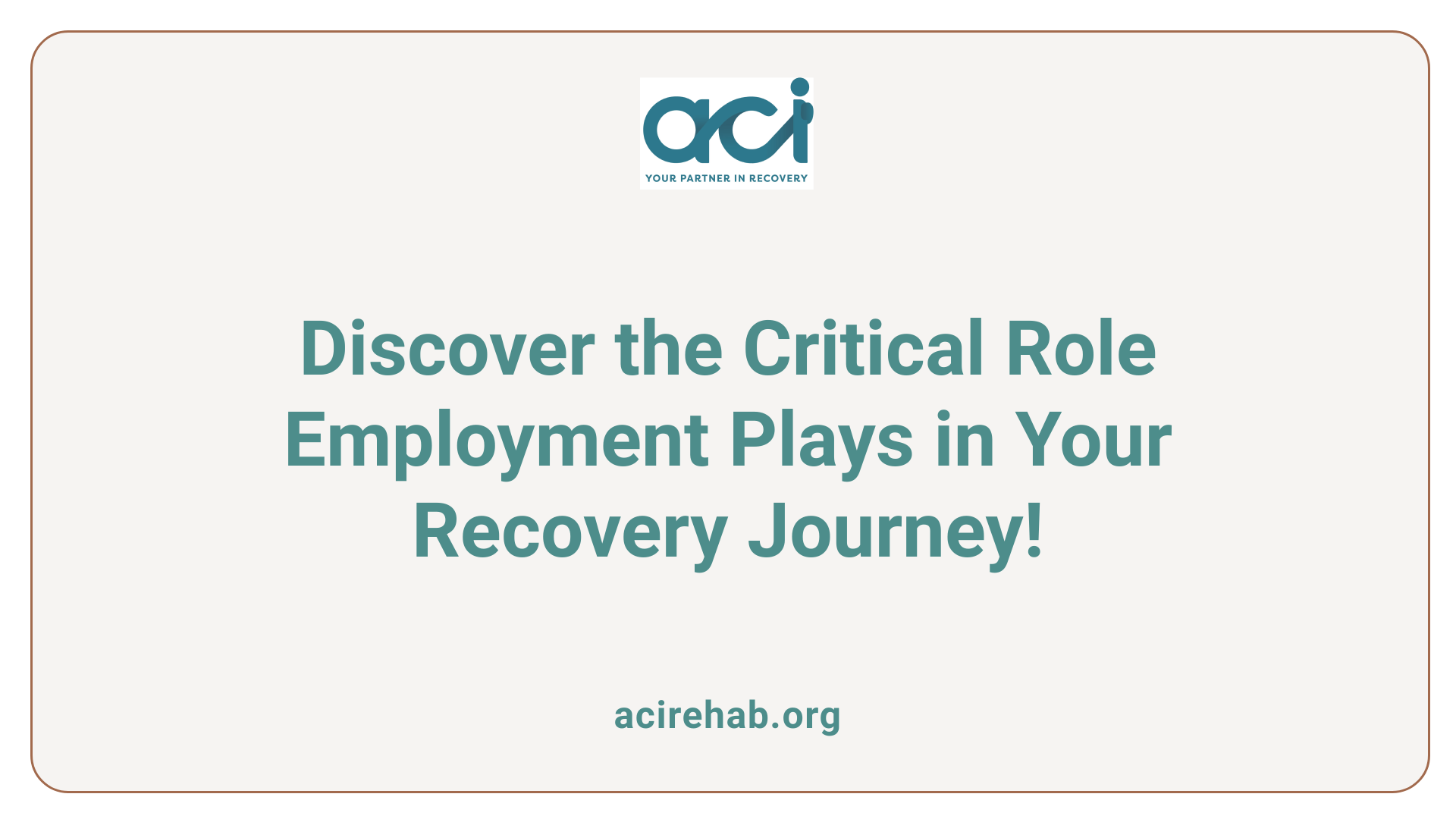
Why is employment important in addiction recovery?
Employment plays a crucial role in addiction recovery, providing structure, stability, and a renewed sense of purpose. It enhances an individual’s quality of life and acts as a powerful tool in reducing the likelihood of relapse. The experience of having a job fosters self-esteem, encouraging personal growth opportunities and the development of essential social connections needed for ongoing support.
Additionally, legal protections such as the Americans with Disabilities Act (ADA) and the Family and Medical Leave Act (FMLA) ensure that individuals can seek necessary treatment without fearing for their job security.
Benefits of Employment in Recovery
Having a job also promotes financial stability, which is key to rebuilding one’s life post-rehab. It enables individuals to engage with their community meaningfully, facilitating connections with others and reducing social isolation. Furthermore, many individuals who find jobs report a greater sense of achievement and purpose, helping them to maintain sobriety in the long term.
Overall, while the path to finding employment can be filled with challenges related to past substance use, resources provided through treatment facilities and support networks make re-entering the workforce achievable. Employment not only assists in financial needs but can also significantly bolster the recovery journey.
Navigating Unique Challenges in the Job Market
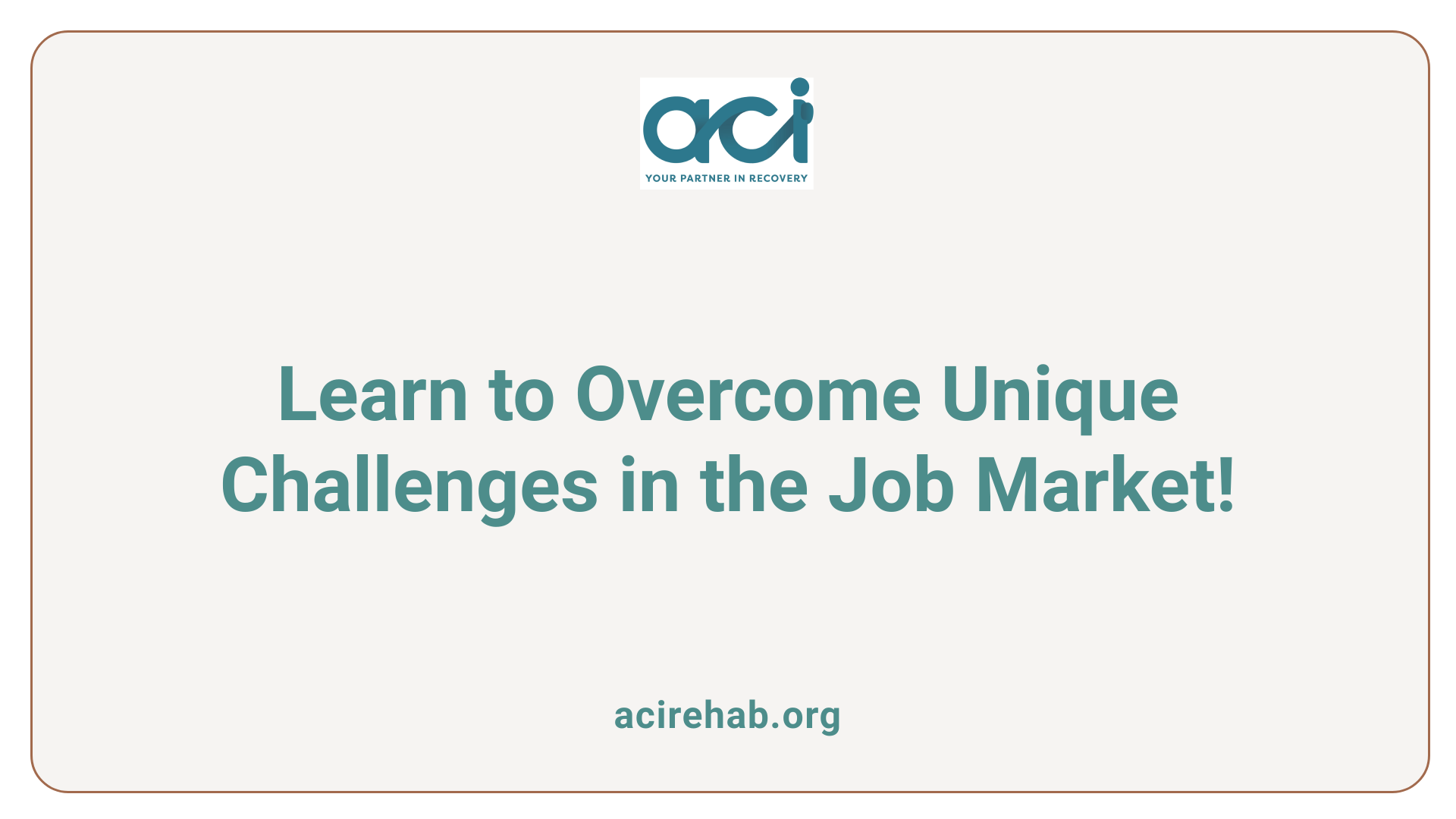
What are the unique challenges faced by individuals in recovery when entering the workforce?
Individuals in recovery encounter specific hurdles when they seek employment, largely stemming from the stigma tied to substance use disorders. This stigma can undermine job security and career advancement opportunities. Recovering individuals often struggle with the decision of whether to disclose their recovery status. This hesitation can be compounded by the fear of facing discrimination from potential employers.
Additionally, managing work-related stress is crucial; without proper coping strategies, some may feel tempted to revert to old habits. The pressure to perform and prove oneself at work can amplify these stress levels, presenting a significant challenge to maintaining both employment and sobriety.
Supportive work environments and empathetic employers play a pivotal role in facilitating recovery. It’s vital that these workplaces understand the importance of accommodating treatment commitments and provide an atmosphere that fosters skill development and personal growth.
Ultimately, navigating these challenges is crucial, as stable employment can greatly enhance well-being and improve recovery outcomes, underscoring the importance of a supportive workforce.
Strategies for Re-entering the Workforce
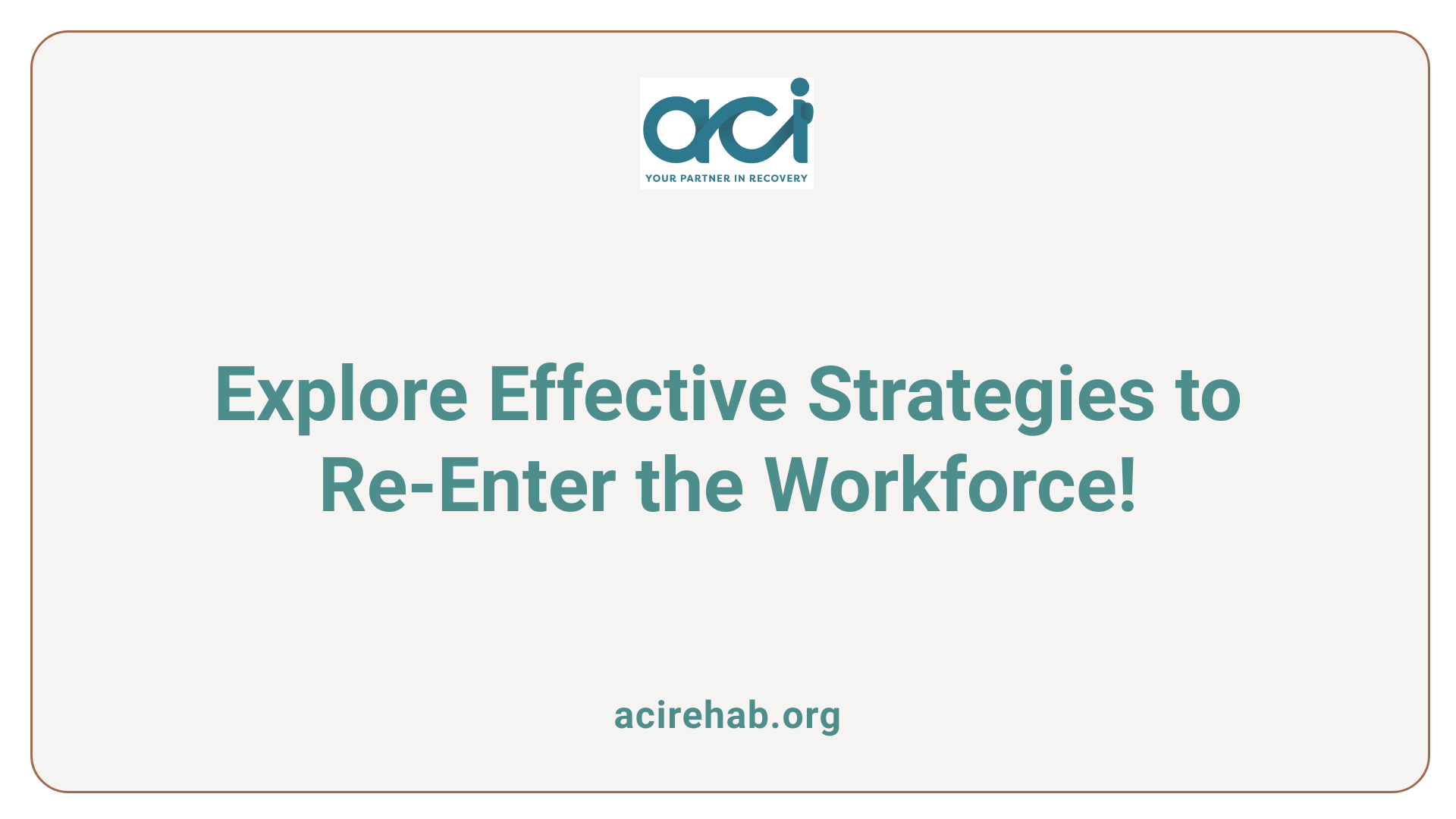
How can individuals re-enter the job market after rehabilitation for substance abuse?
Re-entering the job market after rehabilitation for substance abuse can be challenging, but several strategies can facilitate this process. One important step is updating resumes to effectively highlight recent experiences. This includes addressing any employment gaps transparently; individuals might consider emphasizing volunteer work or skills gained during recovery instead of focusing solely on past job history.
Addressing resume gaps
When creating a recovery-focused resume, it’s essential to include volunteer experiences, relevant skills, and personal growth during rehabilitation. This can help communicate resilience and readiness for workplace responsibilities. Furthermore, staying honest yet succinct about gaps due to recovery can enhance credibility while avoiding overwhelming detail.
Networking and job leads
Networking is invaluable in the job search process. Engaging with support groups can provide leads on job openings, referrals, and emotional support during what can be a daunting process. Resources like America In Recovery not only connect recovering individuals to potential employers but also offer job training and placement services, creating a comprehensive support system for those in search of employment.
Leveraging legal protections
Knowledge of one’s rights is a crucial aspect of the job search. The Americans with Disabilities Act (ADA) protects individuals in recovery from discrimination based on their past substance use; employers cannot inquire about an applicant’s drug history in interviews unless there’s a job offer. Understanding these protections can empower individuals who fear discrimination and foster a more secure job search experience.
By implementing these strategies—updating resumes effectively, leveraging personal networks, and knowing legal rights—individuals can increase their chances of successfully re-entering the workforce after rehabilitation.
Balancing Recovery and Job Search Efforts
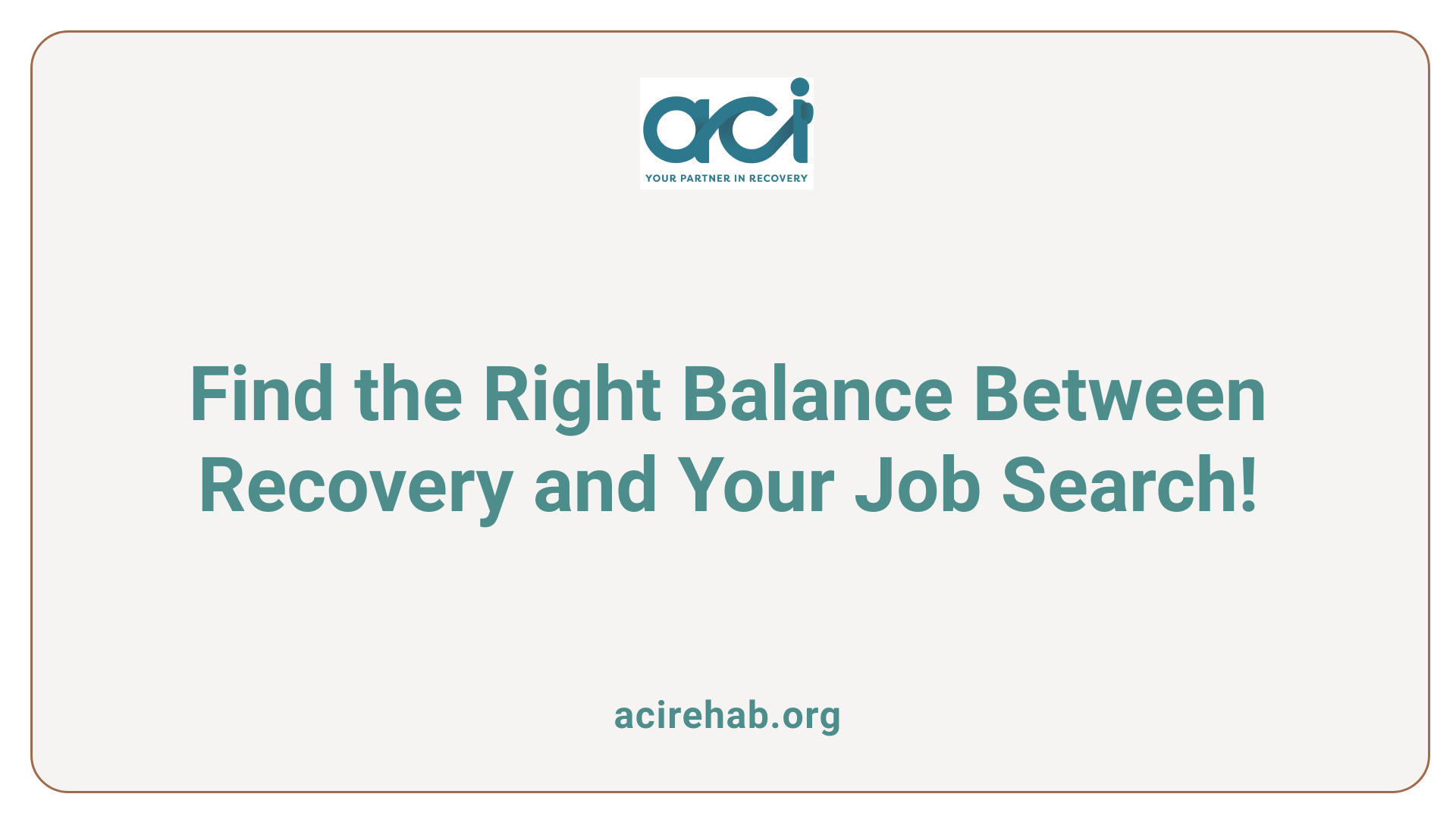
How can individuals prioritize recovery while searching for jobs?
Individuals can prioritize recovery while searching for jobs by balancing their job hunt with self-care and maintaining a healthy routine. Engaging with organizations like America In Recovery provides essential support and resources, enabling job seekers to present themselves effectively during interviews.
Volunteering is another valuable avenue; it enhances skills and demonstrates a commitment to personal growth, making individuals more appealing to potential employers. It’s important to establish realistic job goals, assess personal strengths, and practice networking within support groups, which can uncover job opportunities that align with their skills.
Focusing on mental well-being is vital. Addressing any stigma related to recovery can empower individuals to face the job market with confidence. By integrating self-care strategies, job seekers can manage the stresses associated with transitioning back to work while prioritizing their sobriety. Balancing these aspects is crucial for successful reintegration into the workforce.
Utilizing Available Resources for Job Seekers
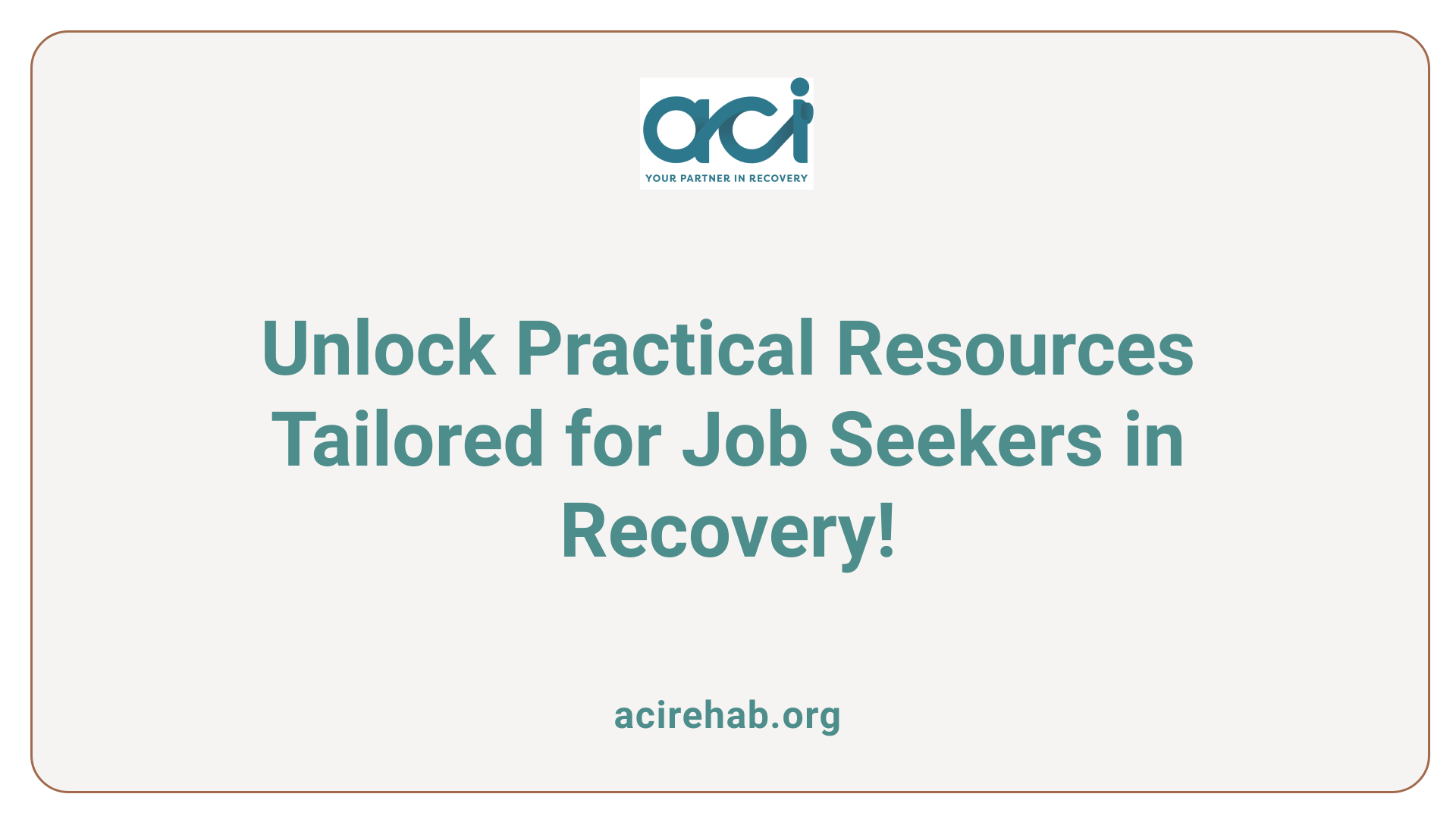
What practical resources are available for job seekers in recovery?
Job seekers in recovery have access to an array of practical resources aimed at easing the transition back into the workforce. Notable organizations like Career One Stop provide essential tools, including self-assessment services, career coaching, and information on job fairs. They also feature guides for effective resume writing, crucial for crafting a strong application.
Additionally, Recovery Career Services specializes in tailored coaching and offers educational resources designed to help individuals navigate the job market and overcome barriers to employment.
Many rehabilitation centers extend their support by offering job placement services and career guidance. State-level programs, such as Access to Recovery (ATR), provide targeted assistance for local job seekers facing unique challenges.
Access to recovery programs
Networking is also a powerful strategy. Connecting with others in recovery enriches the job search experience, as peers can offer leads, references, and moral support. Many recovering individuals might consider flexible job positions initially, which can reduce pressure while facilitating a stable income.
It’s vital to stay informed about legal protections, such as those provided under the Americans with Disabilities Act (ADA), which safeguard individuals in recovery from employment discrimination. Engaging with these resources can significantly enhance job search success, benefiting both personal and professional growth.
Understanding Legal Rights and Protections
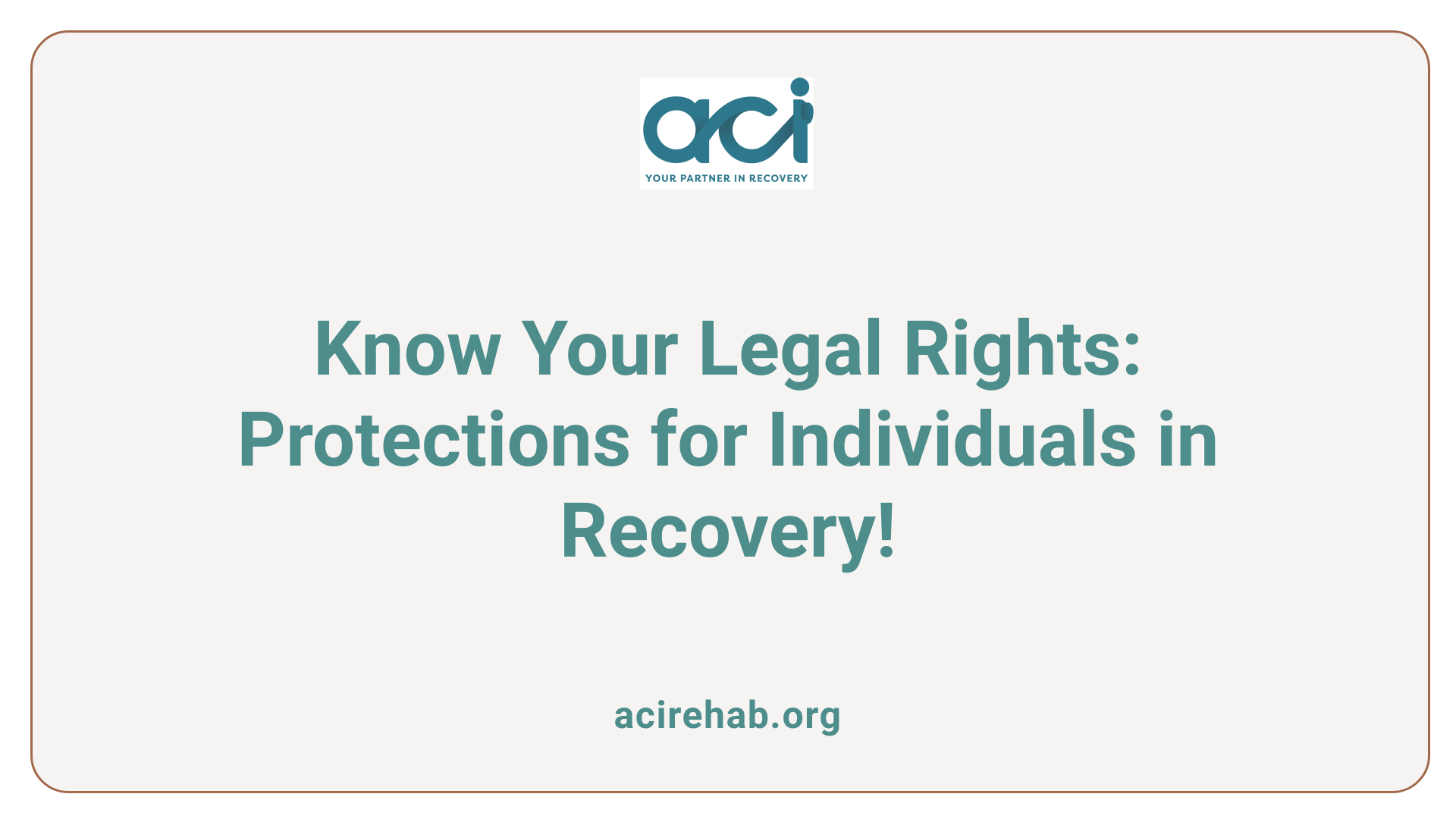
What legal protections under the ADA exist for individuals seeking employment post-rehab?
The Americans with Disabilities Act (ADA) provides crucial protections for individuals who are navigating the job market after completing a rehabilitation program. This law specifically prohibits discrimination based on previous substance use disorders, as long as the individual is no longer actively engaging in illegal drug use. To qualify for these protections, an individual must either have a disability that significantly limits a major life activity or have a history of such a disability.
Under the ADA, employers are required to make reasonable accommodations to assist qualified applicants and employees in performing essential job functions. This might include flexible working hours or modified duties. It’s also important to note that the ADA protects individuals from retaliation if they assert their rights under the legislation.
If someone feels that their rights have been violated, they can file a complaint with the U.S. Equal Employment Opportunity Commission (EEOC) to seek justice and protection under the law. Understanding these rights helps build confidence during the job search process, ensuring that the individuals can advocate for themselves while integrating back into the workforce.
Enhancing Job Search Skills
How can job seekers in recovery improve their resume-writing and interview skills?
Job seekers in recovery can significantly boost their resume-writing and interview skills by employing a variety of effective strategies. First and foremost, they should take advantage of job search workshops and online resources specifically geared towards individuals in recovery, which often provide customized resume tips and mock interview practice.
Emphasizing personal development can be a game-changer. Including soft skills like empathy, resilience, and communication on their resumes can help illustrate the positive transformations made during recovery. Additionally, understanding their legal rights under the Americans with Disabilities Act (ADA) is crucial, especially concerning how to handle questions about past substance use and employment gaps.
To prepare for interviews, candidates should be ready to shift the focus toward their skills and achievements. Networking can also play a pivotal role—participating in support groups or volunteer activities not only builds experience but also creates valuable connections that can enhance both their resumes and job search outcomes.
| Strategy | Description | Resources |
|---|---|---|
| Utilize Workshops and Resources | Engage in specialized job search workshops and guides. | Local recovery centers, online workshops |
| Highlight Personal Growth | Emphasize soft skills and positive changes made. | Resume writing services |
| Know Your Rights | Familiarize yourself with ADA protections. | Legal aid resources |
| Prepare for Interviews | Focus on skills and achievements in discussions. | Interview prep groups |
| Network Through Support Groups | Leverage connections for job leads and mentoring. | Recovery support meetings |
By refining these skills, individuals in recovery can enhance their job prospects and move forward confidently in their careers.
Conclusion: Embracing New Opportunities
Embracing the journey back to work after rehab involves more than just finding a job; it’s about rebuilding life, establishing a sense of purpose, and maintaining sobriety. Leveraging available resources, understanding legal rights, and continuously improving job search skills can pave the way for a successful transition. By staying focused on recovery and personal growth, individuals can overcome obstacles and embrace new opportunities in their careers and lives. With perseverance and support, the path to a fulfilling and rewarding career post-rehab is not only achievable but potentially transformative.
References
- How To Find Your First Job After Rehab – Addiction Center
- 7+ Tips on How to Find a Job After Rehab – Novoresume
- Rehabilitation | Finding a Job after Rehab – Green Hill Recovery
- Finding a New Job After Rehab & Counseling – The Solida Foundation
- 6 Tips For Finding A New Job After Rehab | Steps to Recovery
- Actionable Tips For Job Searching After Rehab
- After Detox and Drug Rehab, How Do You Find Work?
- 7 Tips to Finding Employment After Addiction – Sober Apartment Living
- Guide to finding a job after rehab – Resume.io
- Expert Tips for Finding a New Job Post-Rehab – Arista Recovery



